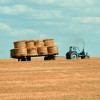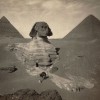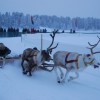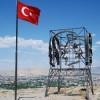As my epic intrepid adventure along the Trans-Mongolian Railway reached its end by arriving in Beijing, a new adventure would begin; a month exploring the Mighty Dragon. Beijing is the capital of the China and is the political, educational and cultural center with unparalleled historical sites and history spanning at least the last three millenniums.
I arrived into China twenty years to the day after Michael Palin set out on his ‘Around the World in 80 Days’ journey, on arrival into China he remarked that it was a country in “another era”. Two decades on, China is a very different place - as you would expect of a nation whose economy has had an average annual growth over that period of around 10%. Since Beijing held the Olympics it has slowed to 7% however this rapid pace of change would make China almost unrecognizable to Palin nowadays.
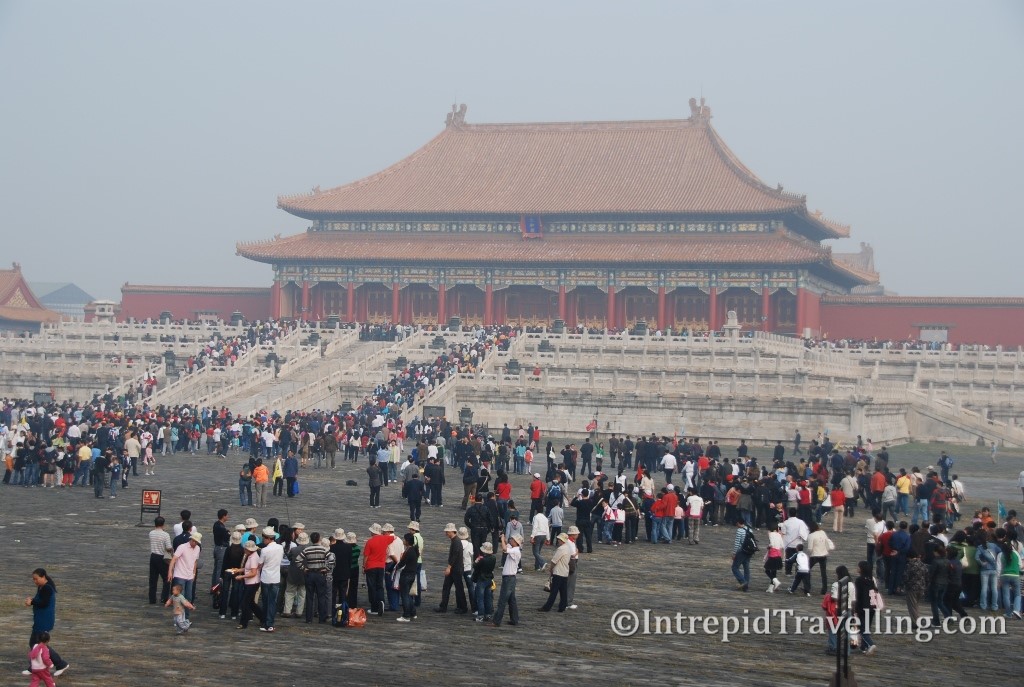
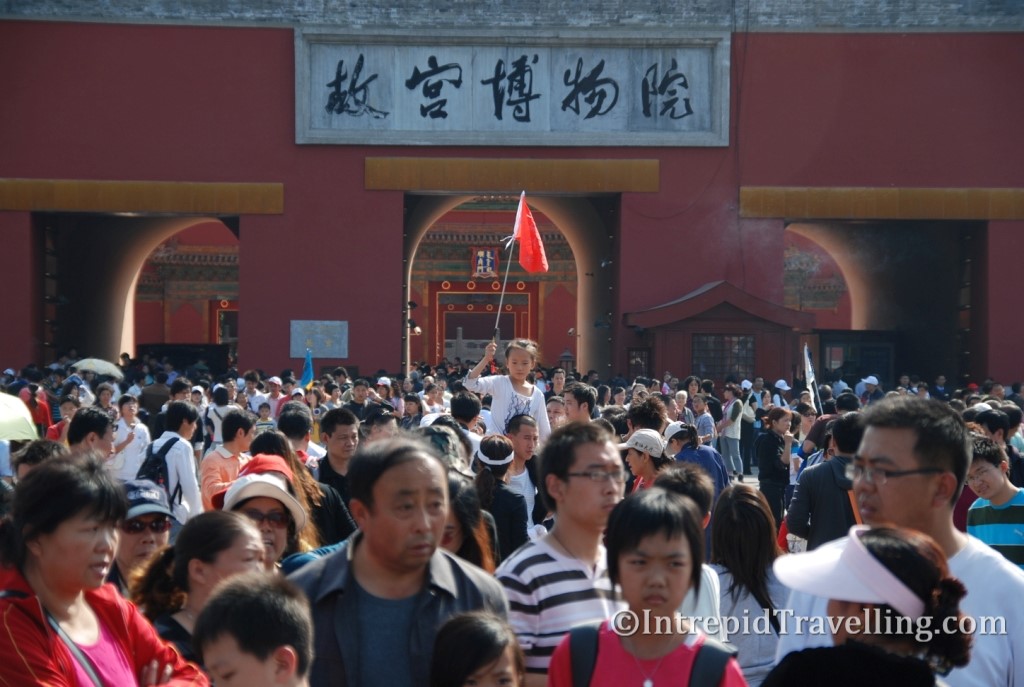
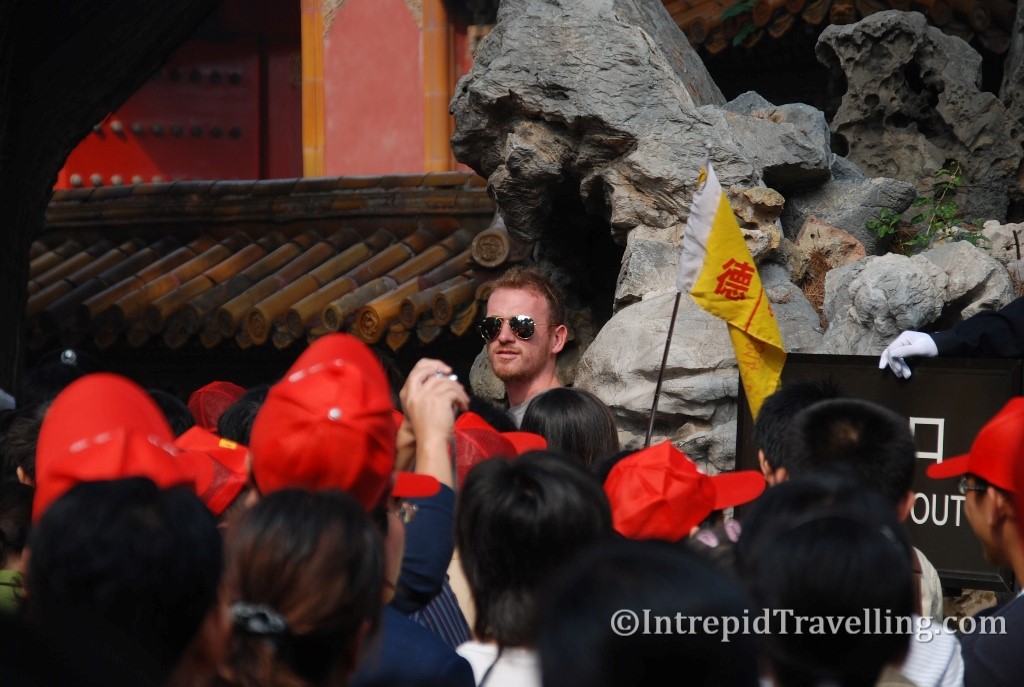
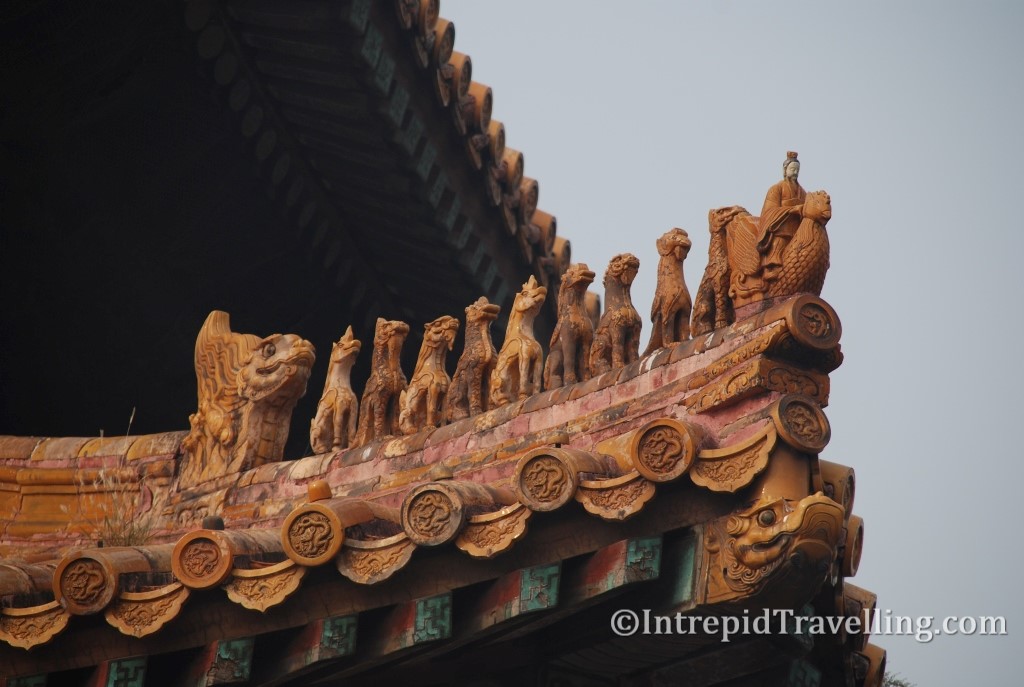
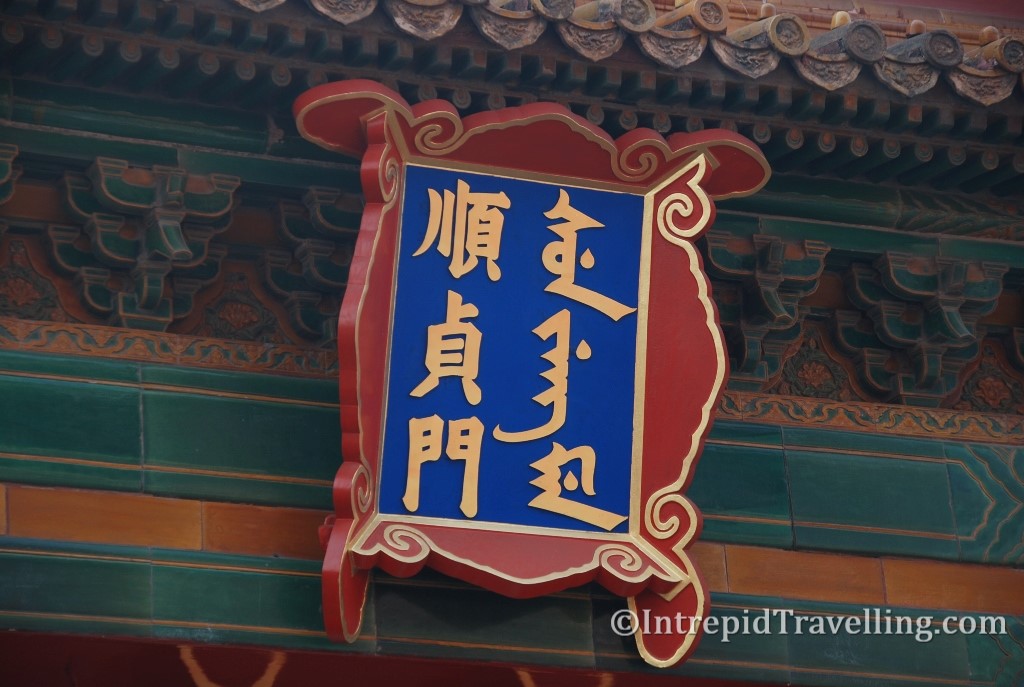
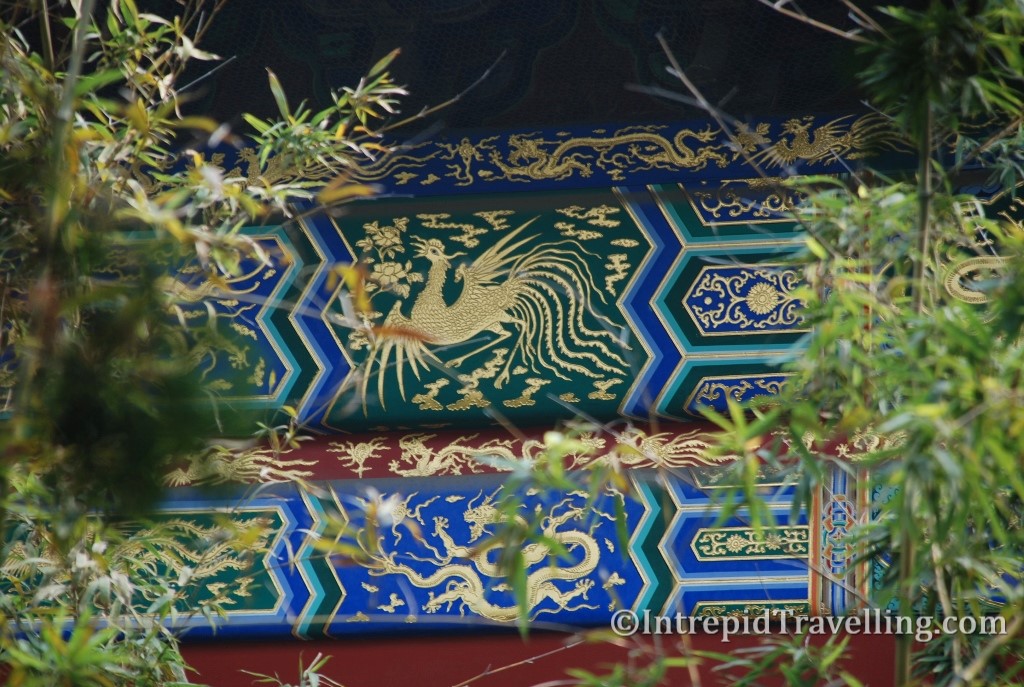
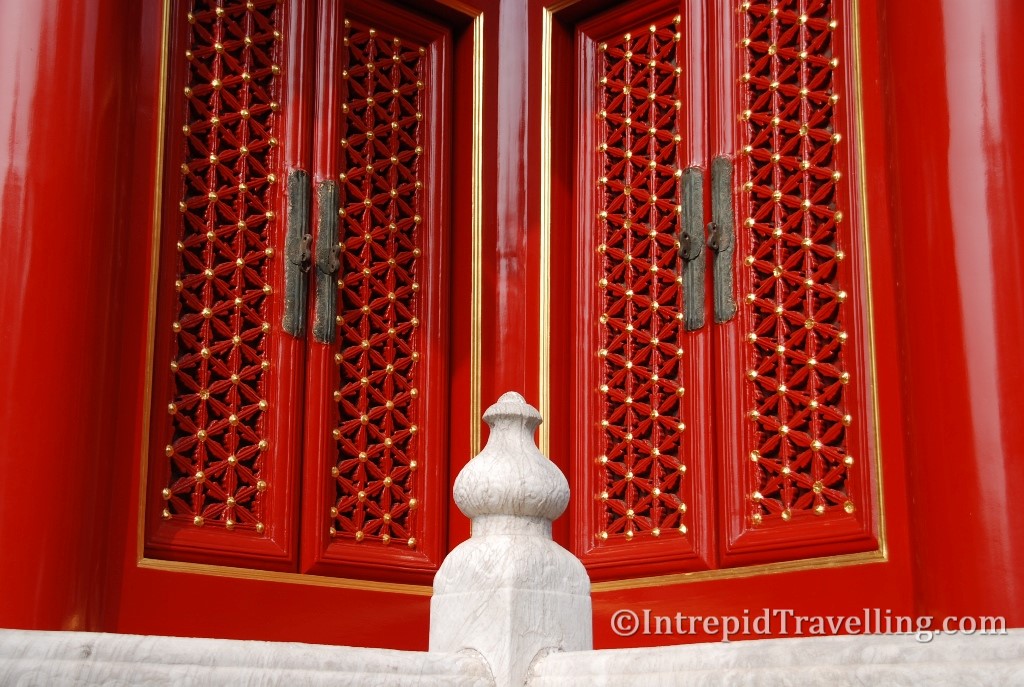
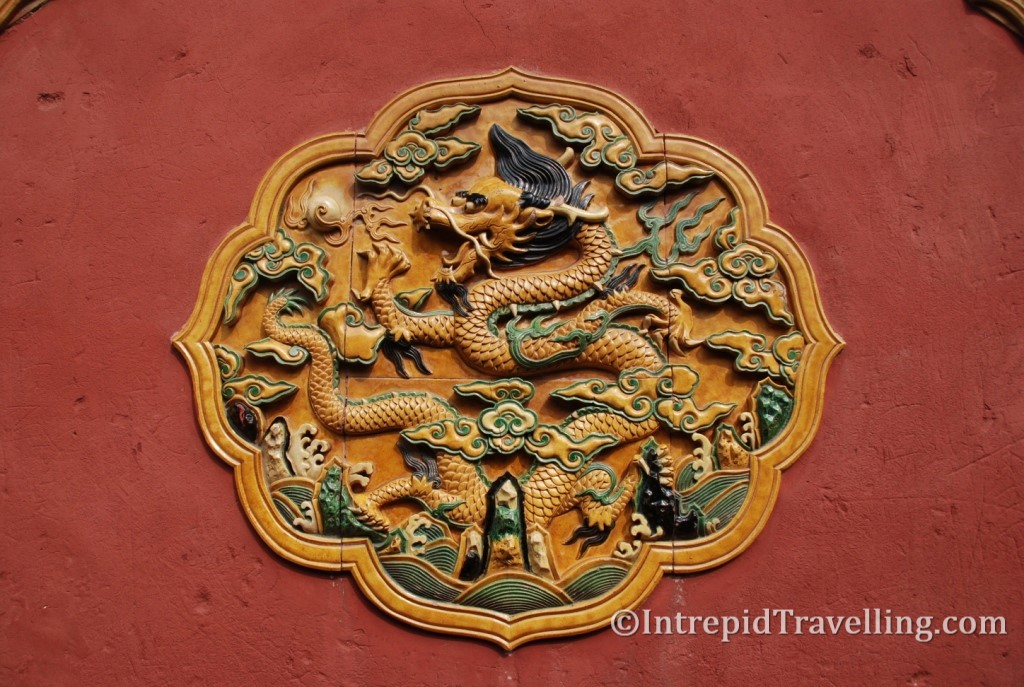
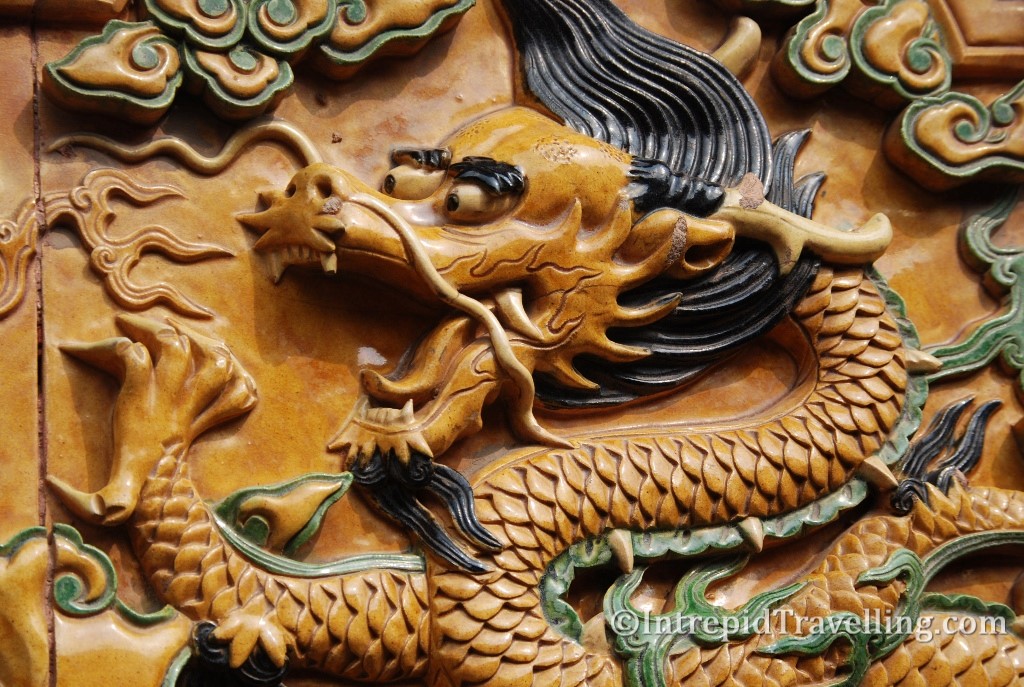
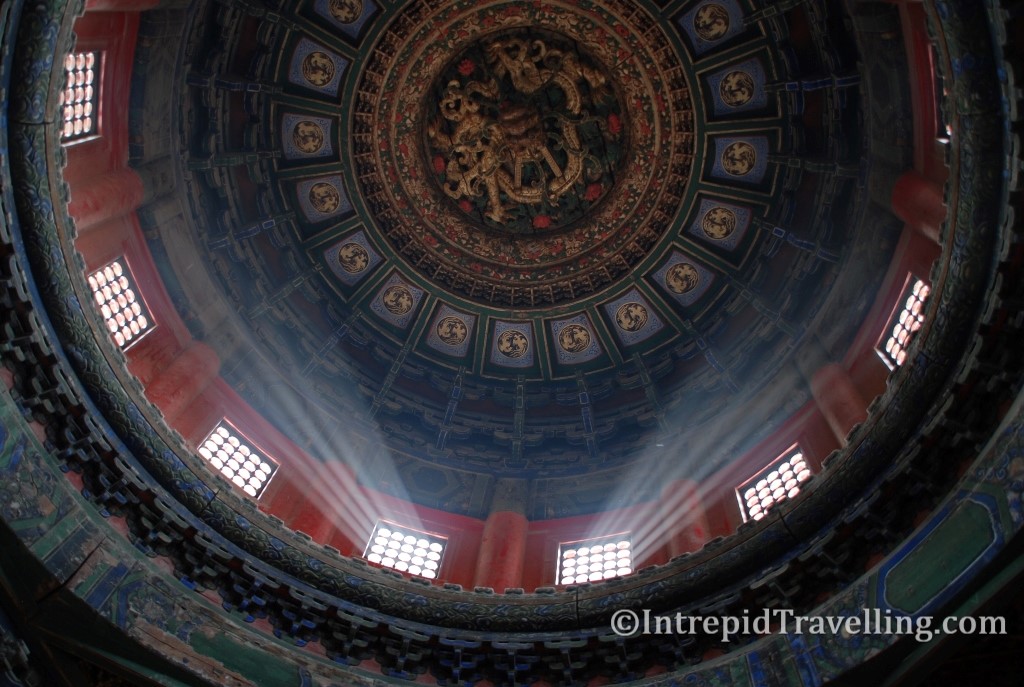
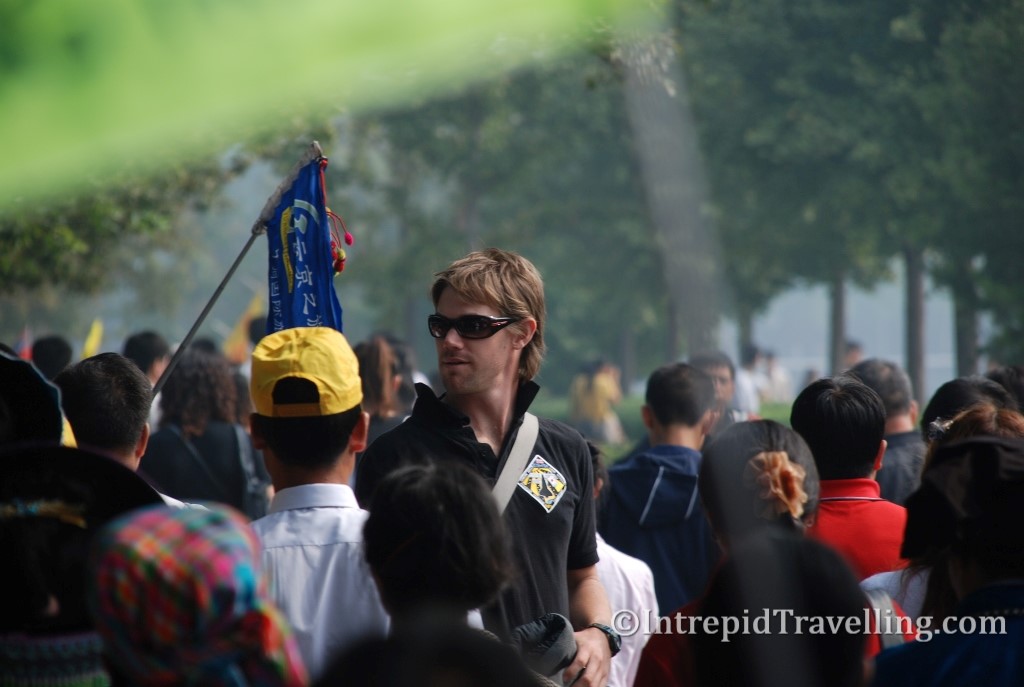
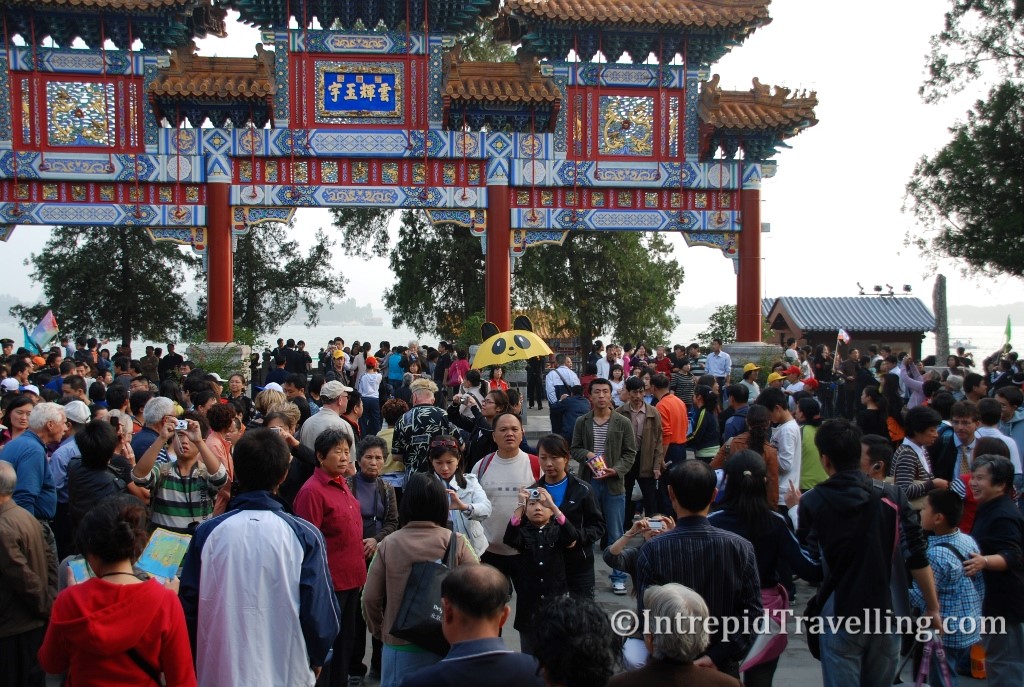
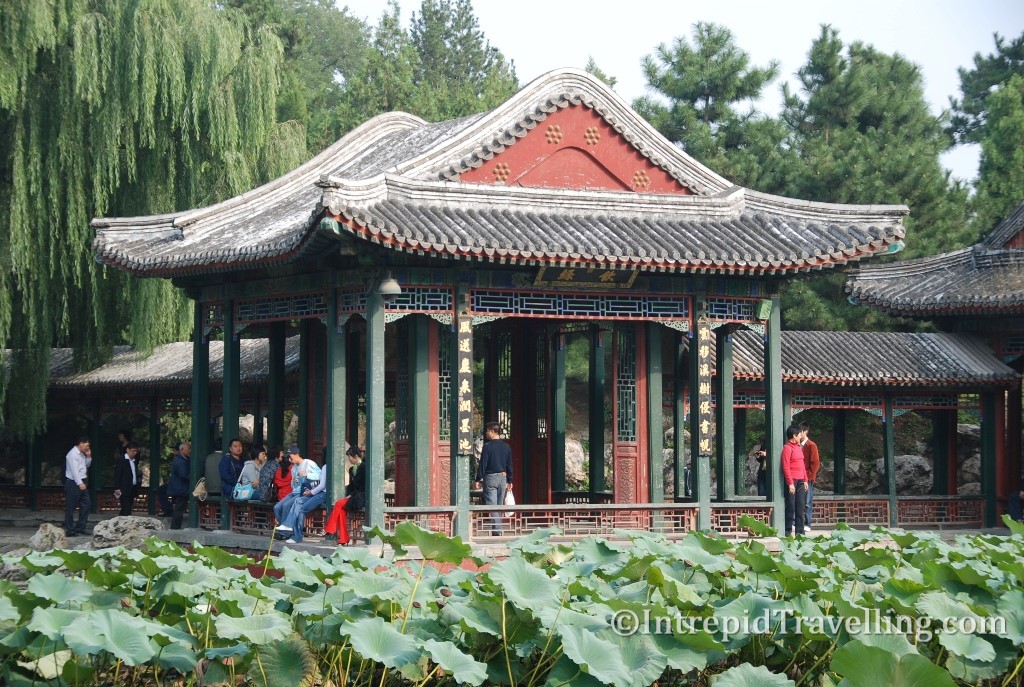
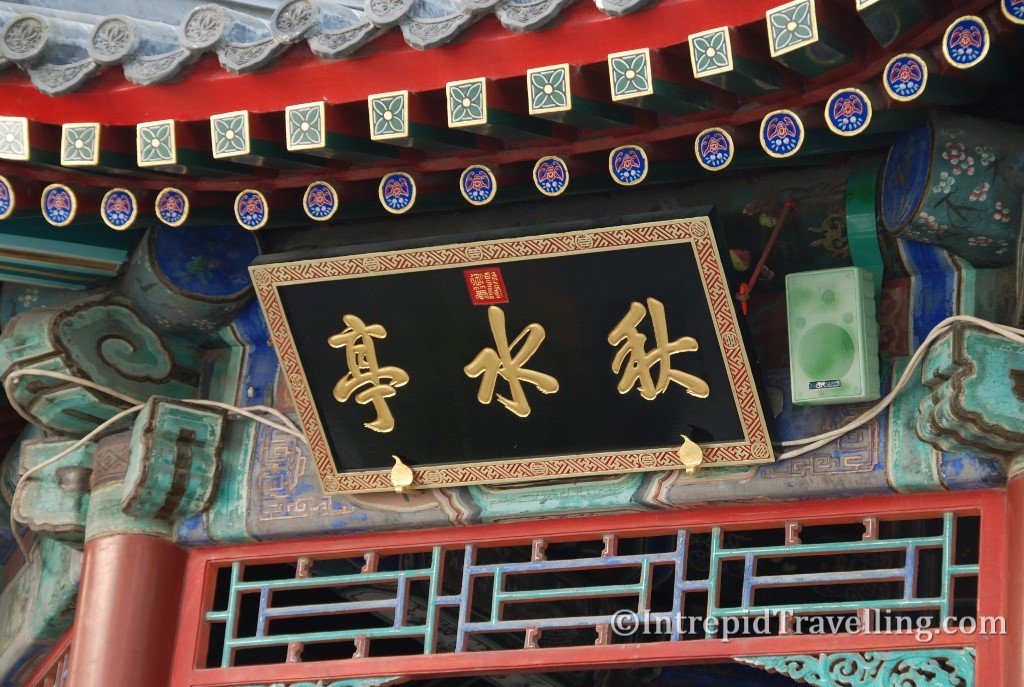
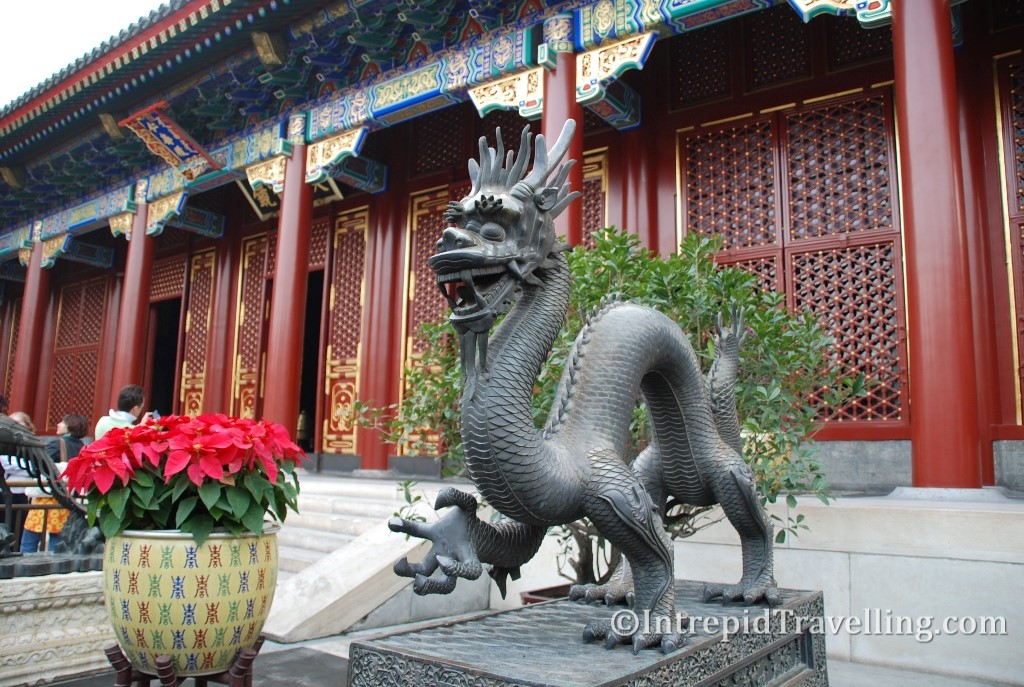
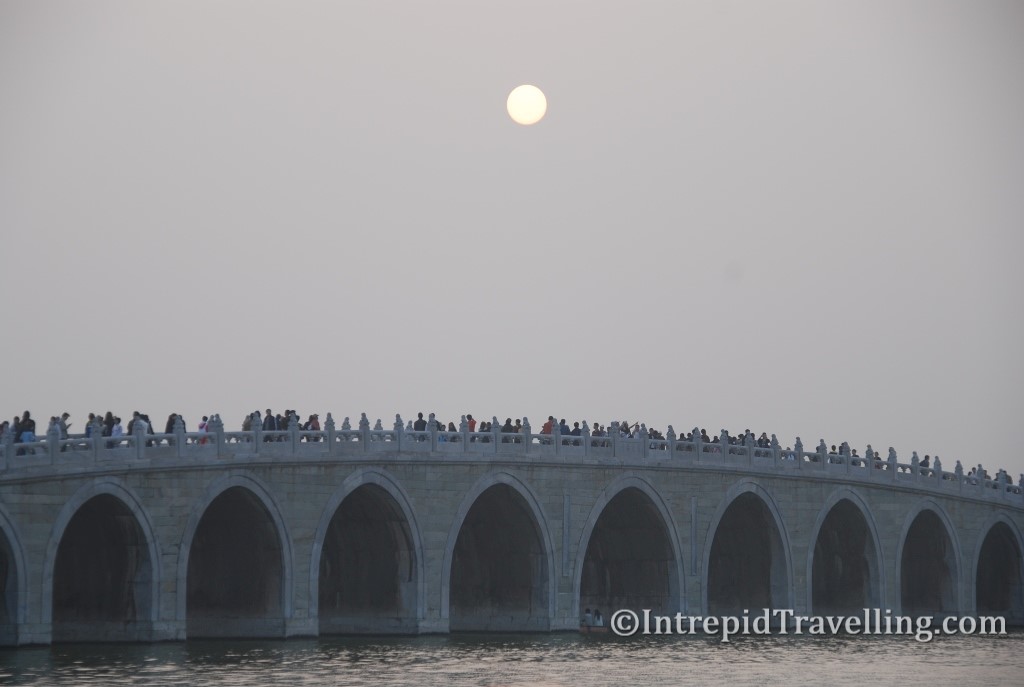
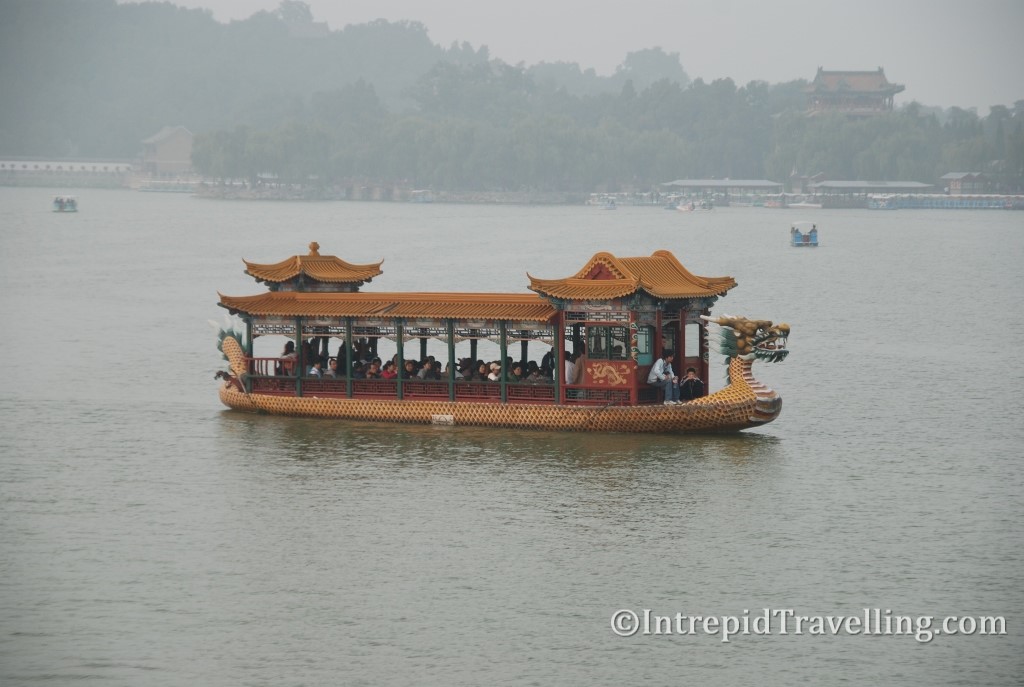
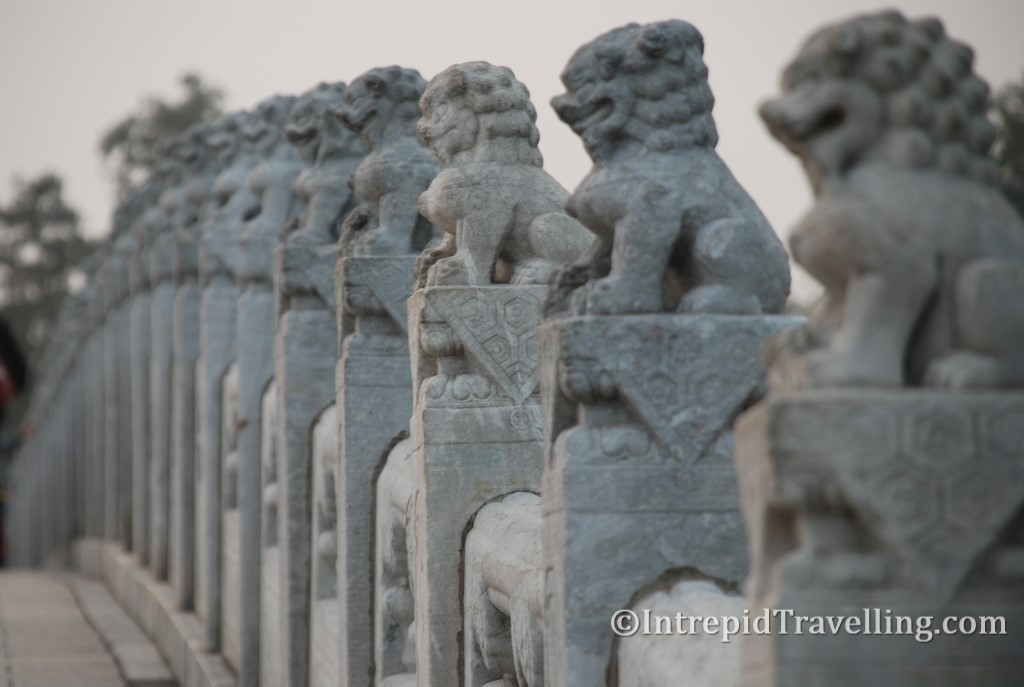
China’s stats are staggering, 1.33 billion people, increasing at over eight million a year! There are about 180 cities with over one million people and have you ever heard of cities such as Wuhan, Chongqing or Tianjin? Well each of these has over five million, Tianjin has a population of 10 million, which is as many inhabitants as Moscow (the largest city in Europe) and I had never even heard of it!
China has four times the population of the United States of America (four times, that’s mental!), yet only collected USD $490 billion in taxes in 2007, one fifth of what the America did. There is still only one superpower, but with China’s rapid development and rise it won’t be long before China’s economy is the biggest in the world, befitting of it being the largest country by population.
Incidentally, I arrived in late September, which as it turns out feels like the perfect time to visit Beijing as it’s continental climate is in that sweet spot in between the arid summer and the bitterly cold winters. I would spend one week in Beijing and I did my best to visit the main attractions in what felt like a short week as there was so much to see, so make sure if you visit to stay at least a week!
The summer haze will no doubt accompany your visit to Beijing too, but if you’re lucky there is the odd clear day from time to time. I would start exploring Beijing by visiting the Summer Palace of the former Qing Dynasty which is a vast collection of lakes, palaces and garden. Its lake is 2.2km2 in size and the 60m high Longevity Hill beside it was man-made centuries ago; even though I have seen it I still don’t believe it they are enormous.
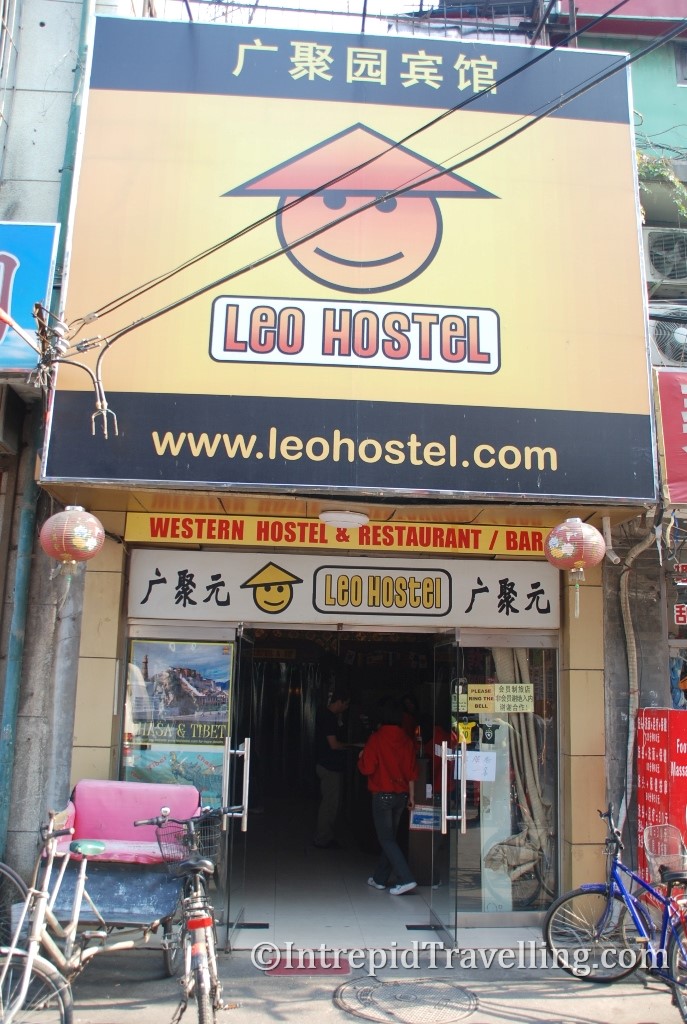
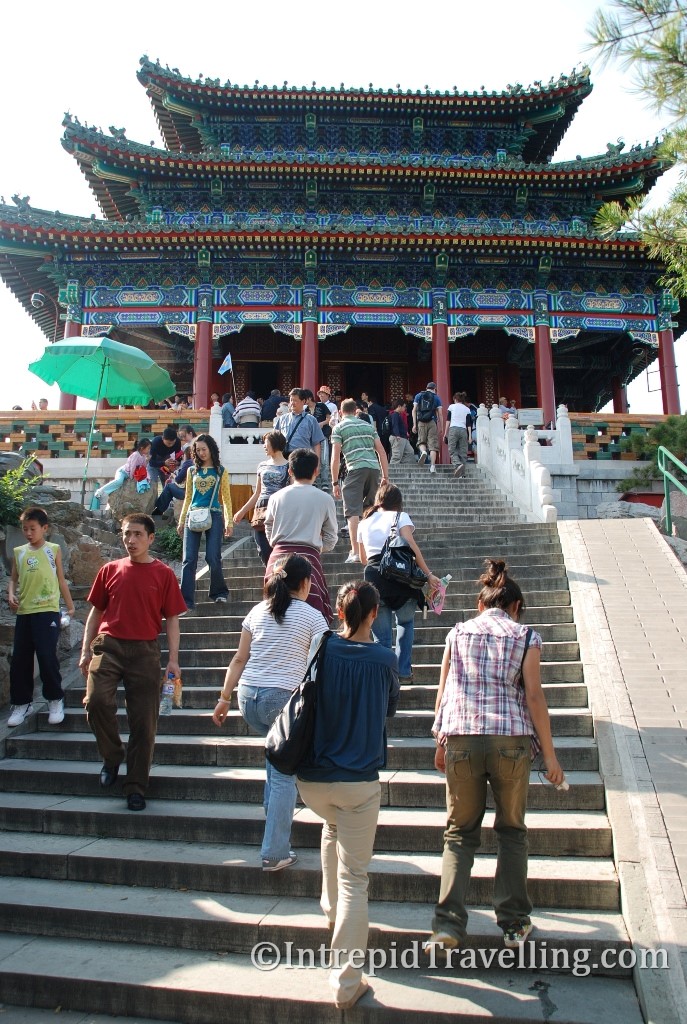
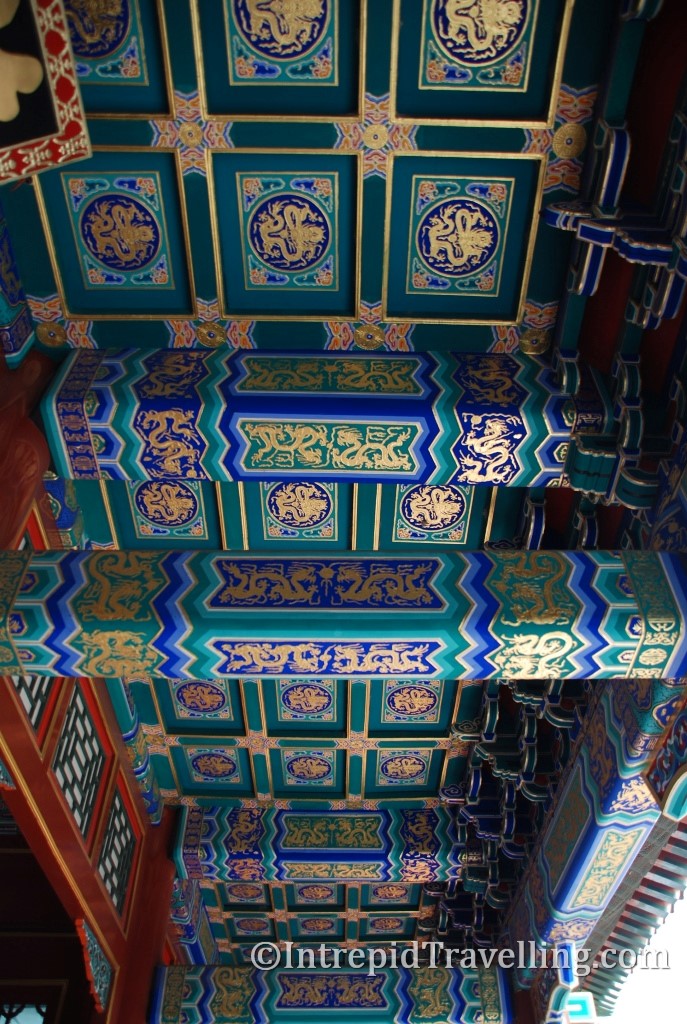
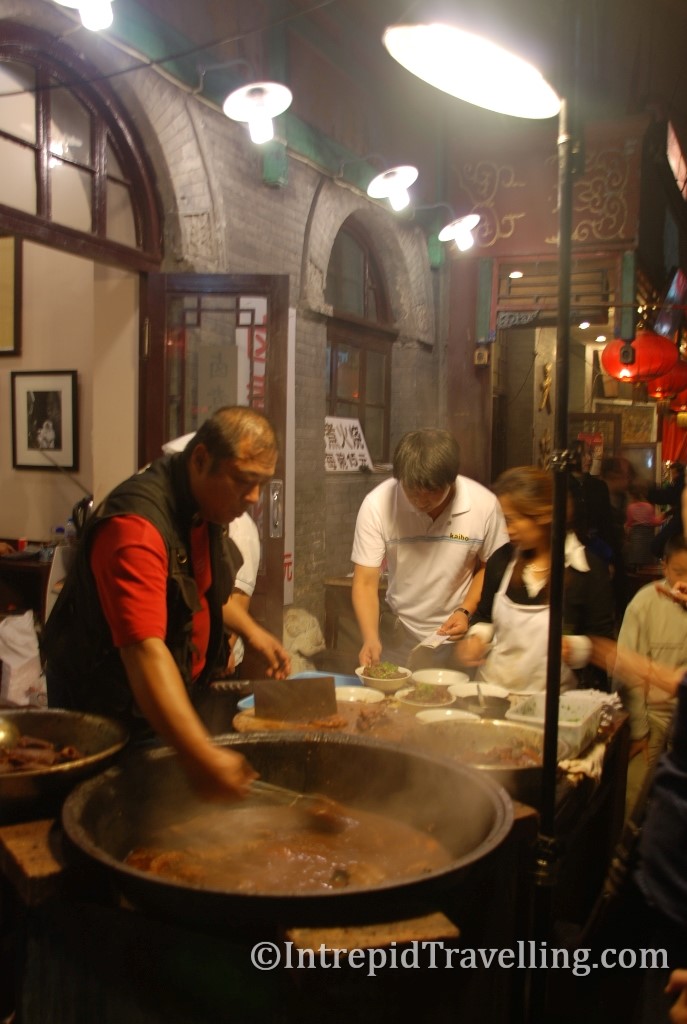

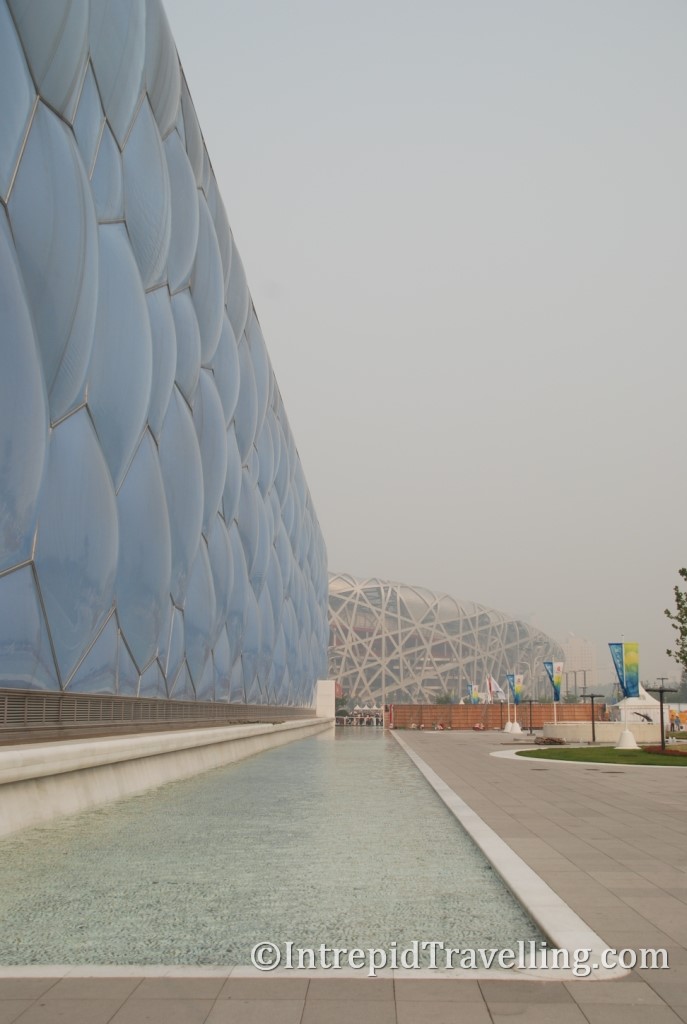
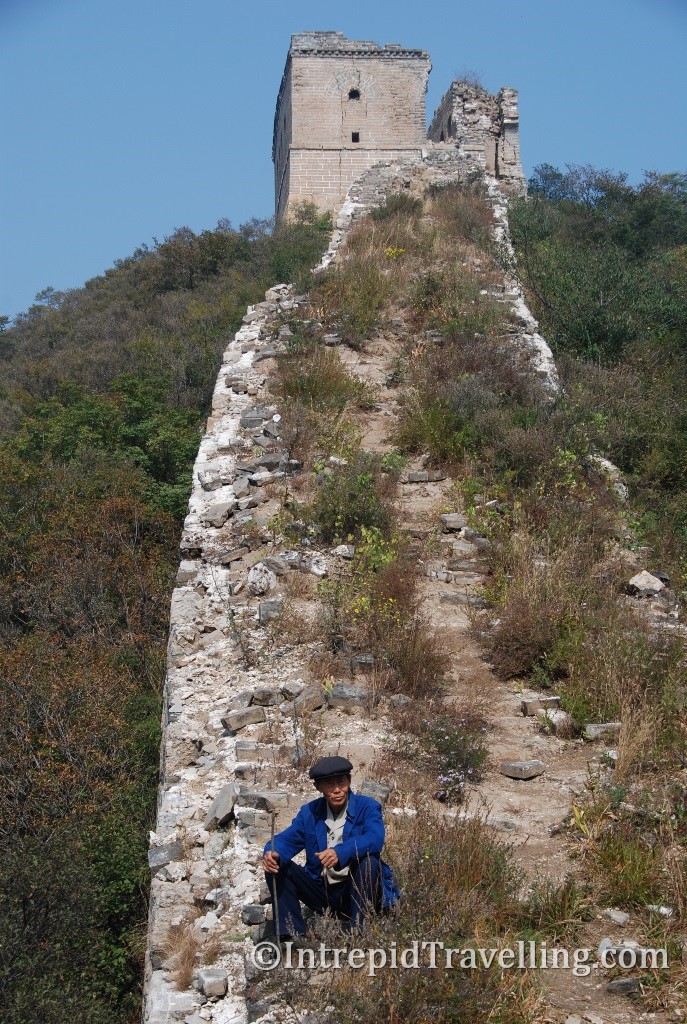
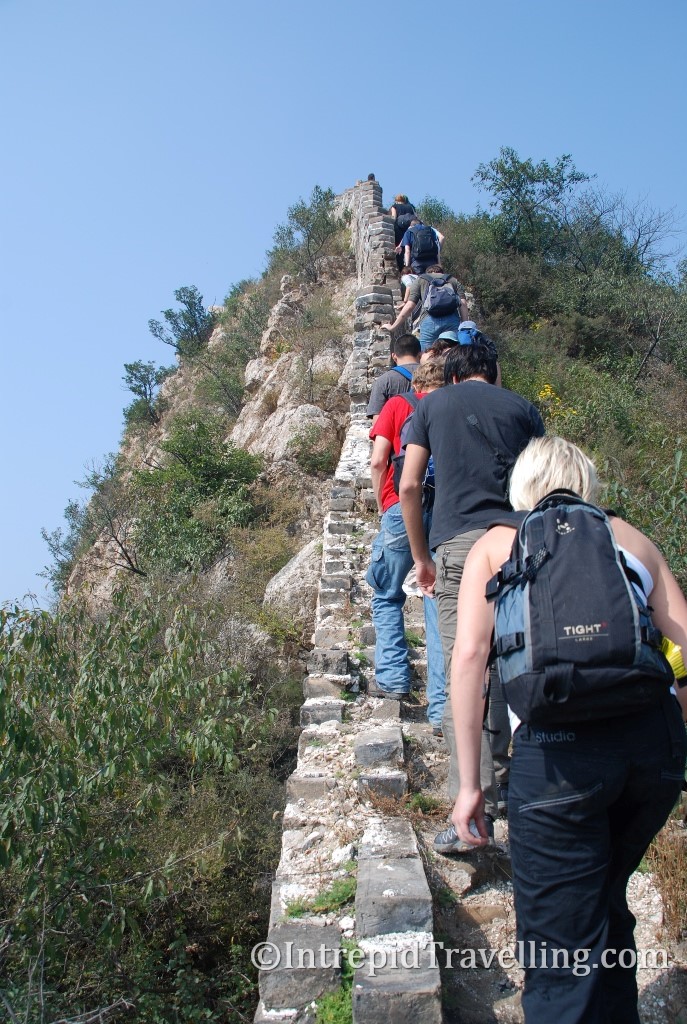
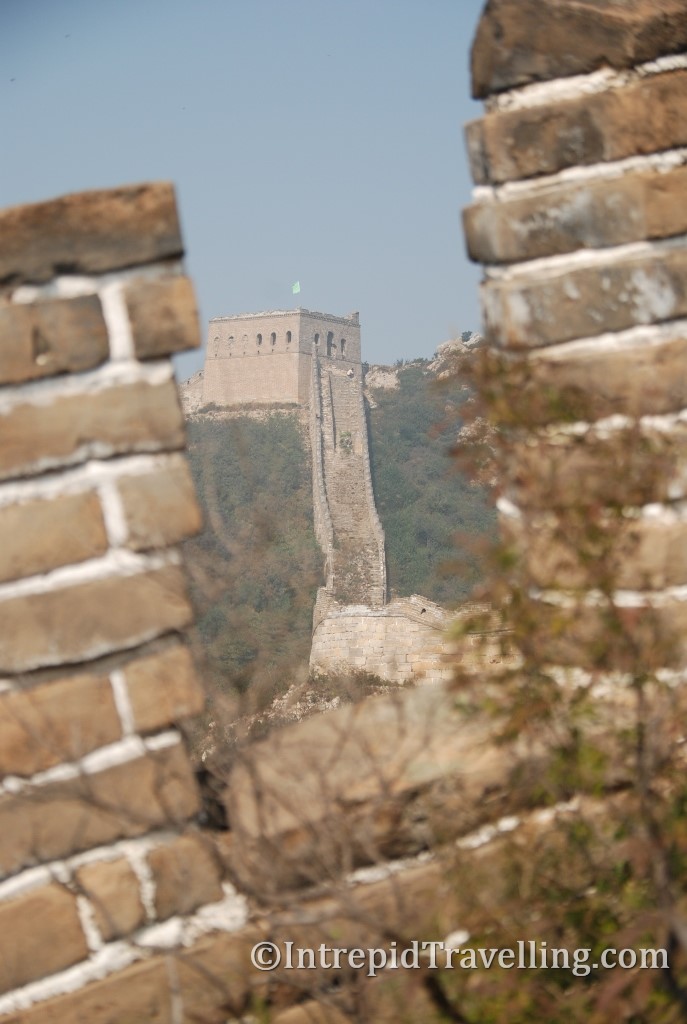
Located in the center of Beijing is arguably China’s most popular tourist attractions; for foreigners and local tourist. With my Beijing traveling buddy, ‘Roddy the big red Scotsman’ who I befriended at the hostel, we would set out early one morning (in an effort to avoid the chronic crowds of the national holiday week), and venture into Beijing’s #1 attraction - the 600 year old Forbidden Palace. The Forbidden City served as the imperial palace for 500years from the Ming to the end of the Qing dynasty before China became a republic. Be sure to set aside a full day to explore the complex as it consists of 980 buildings spread over 180 acres, truly an enormous and precious cultural relic. The various squares, gardens, ancient wooden structures, artworks, artifacts and the Palace Museum (the most visited in the world with 14 million visiting annually) is truly mind-blowing.
At 100 acres, and situated close to the Forbidden City is Tiananmen Square which is the largest central square in the world. The day we walked around Tiananmen and Jingshan Park, which offers great panoramic views over the Forbidden City and central Beijing, was a random clear day, free of the haze which will no doubt accompany your visit to China’s second biggest city.
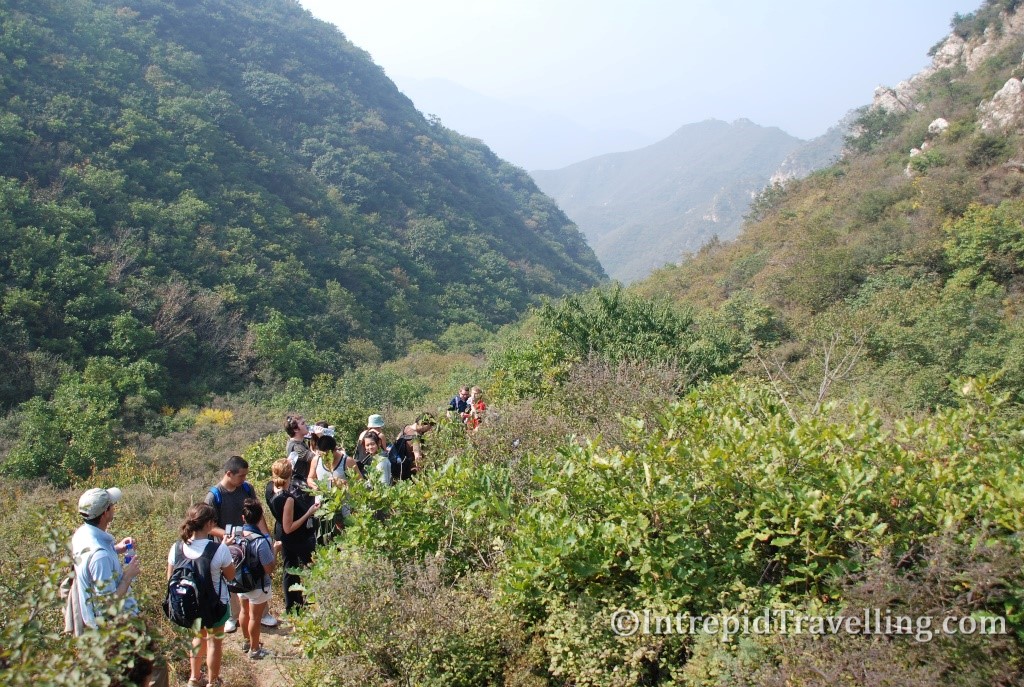
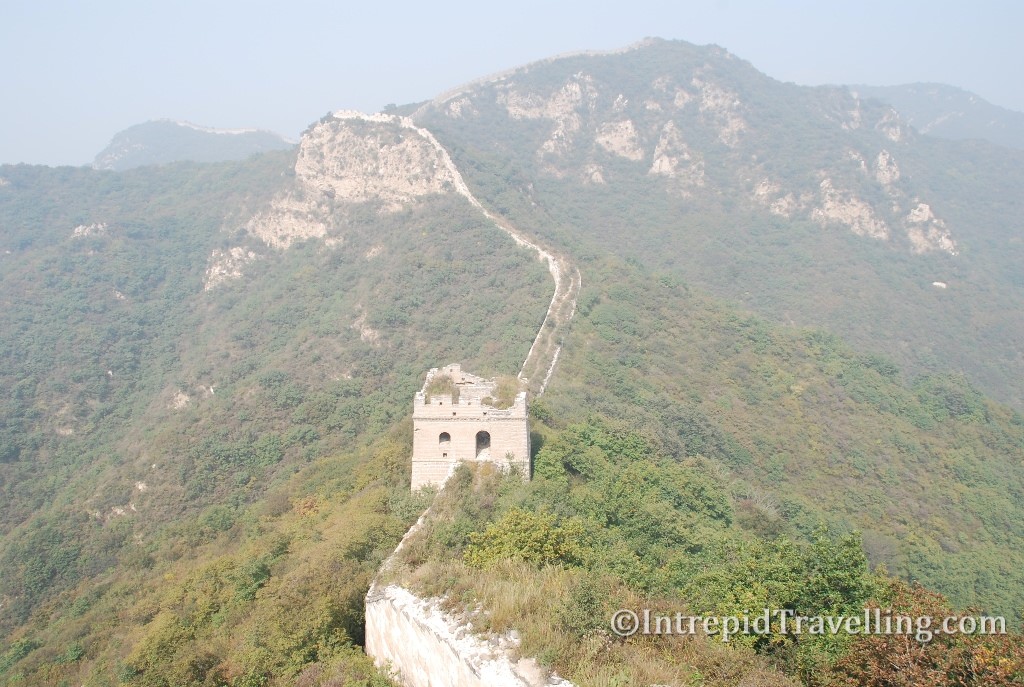
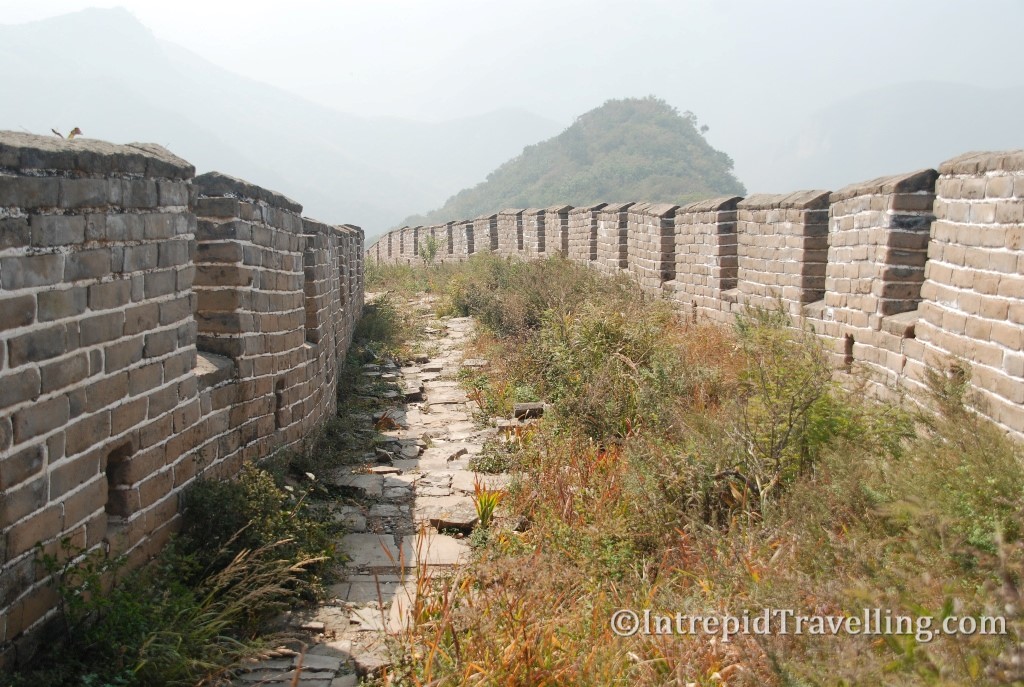
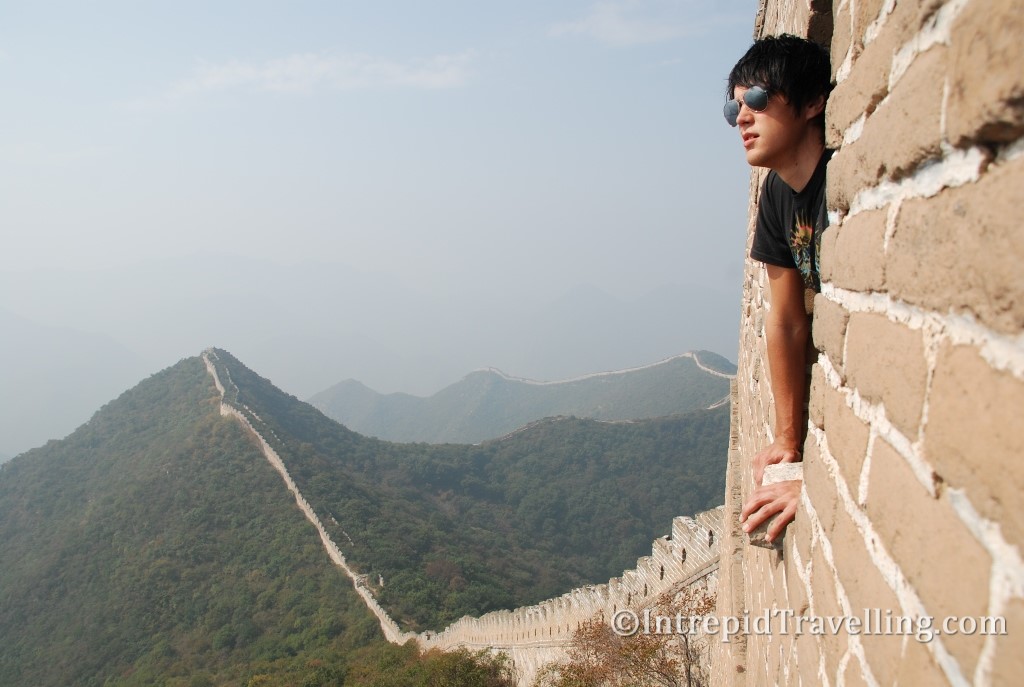
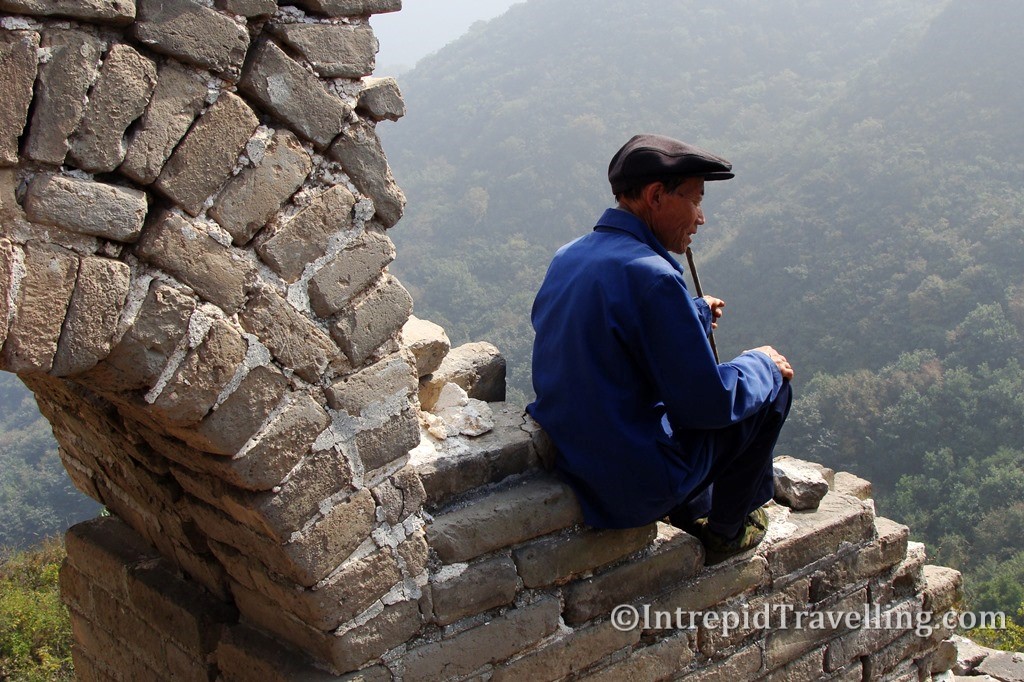
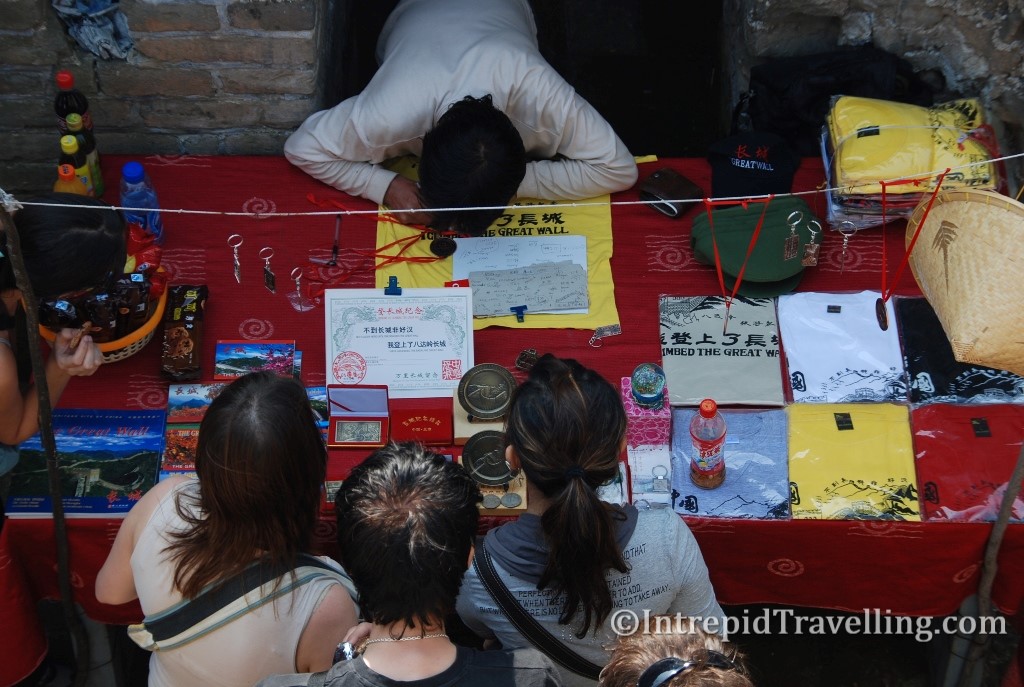
Another attraction with Beijing is famous for is of course the Great Wall of China and with a total length of 6,700km, it is by far the largest thing humans have ever made. The Great Wall of China isn’t in fact one long wall closing off the marauding hordes of Mongolia, but a series of walls and fortifications of various lengths and ages, collectively referred to as ‘The Great Wall of China’. To see up close one of the more recognizable, and un-refurbished, sections of the Wall we avoided the crowds and joined a group from the hostel I stayed at – Leo Hostel - and visited a ‘secret’ section.
Olympic park was next, like the rest of Beijing there were people everywhere here too, even though the Olympics had been and gone. The scale of everything in China seems to be written on a huge scale, again seeing the Birds nest, Cube and grounds of the Olympic park are worth the effort.
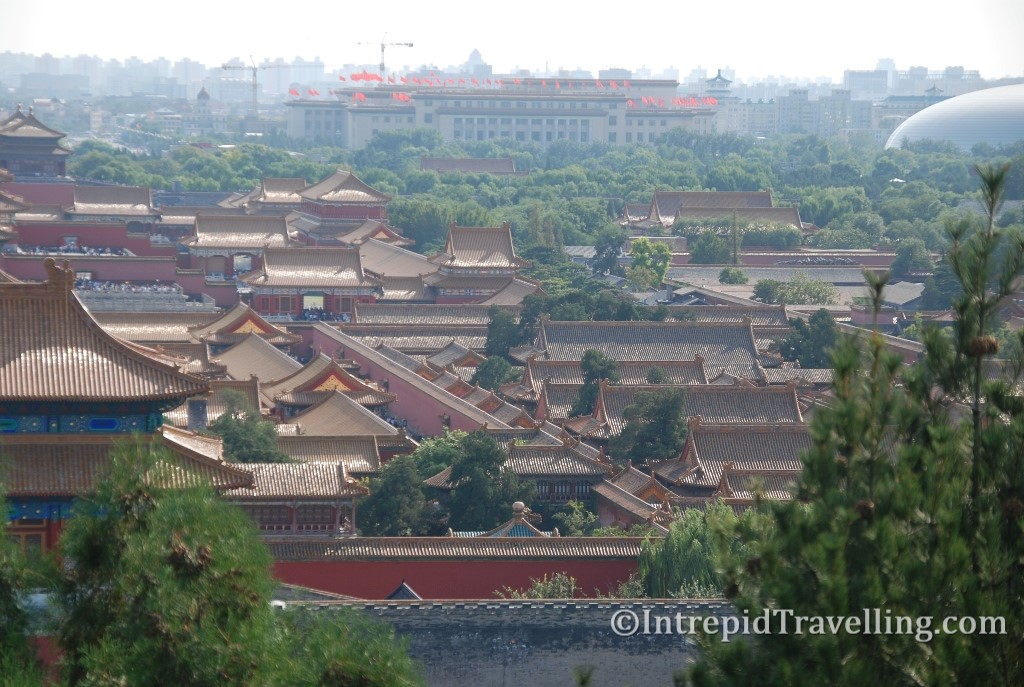
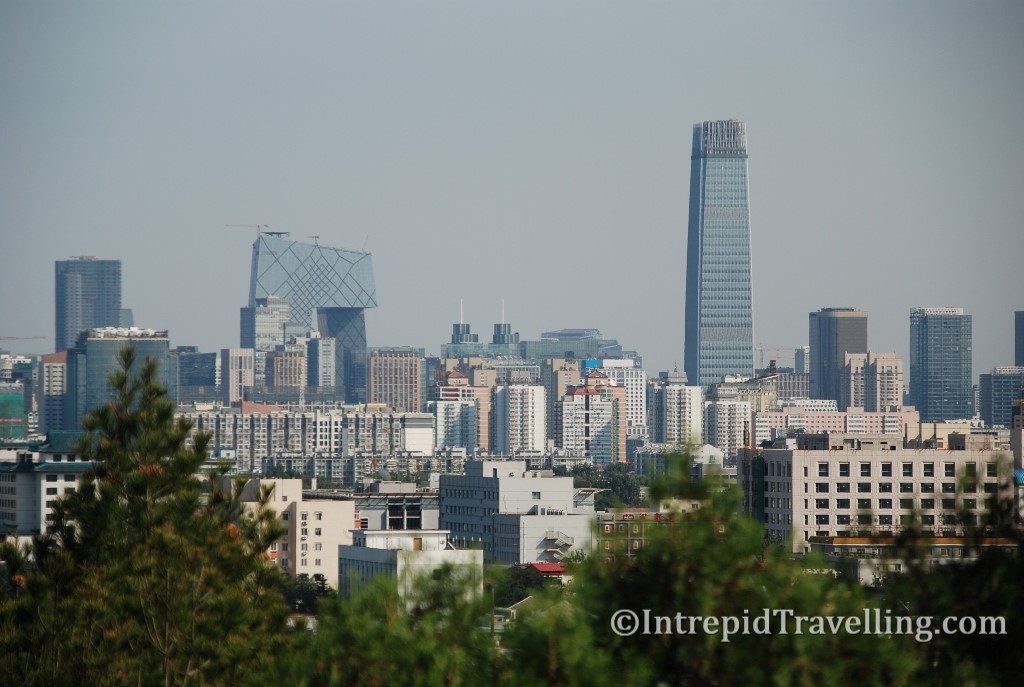
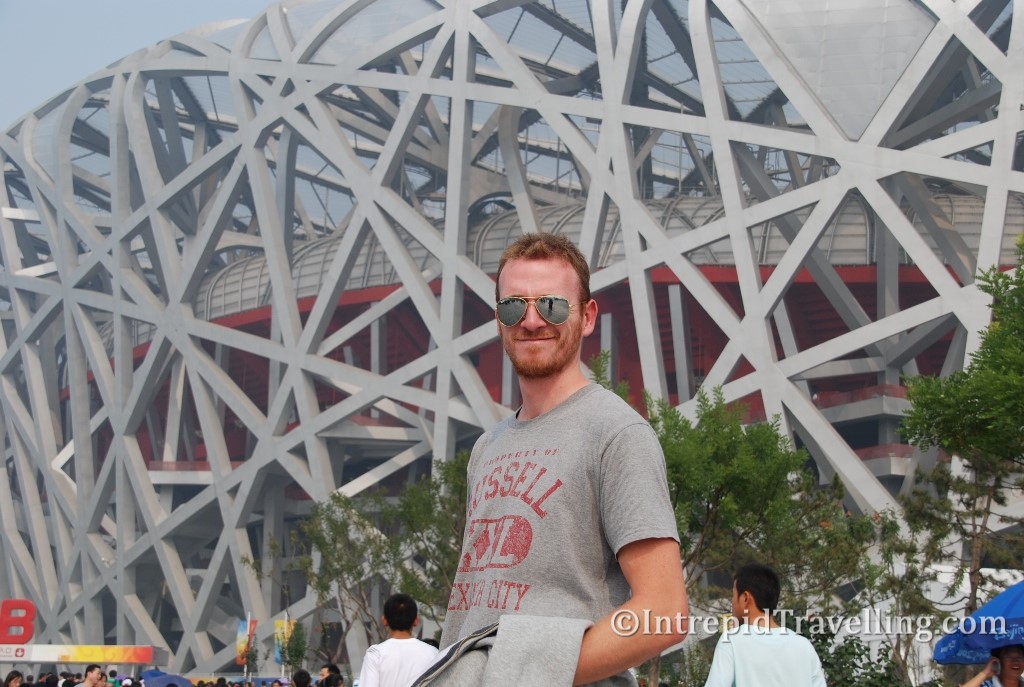
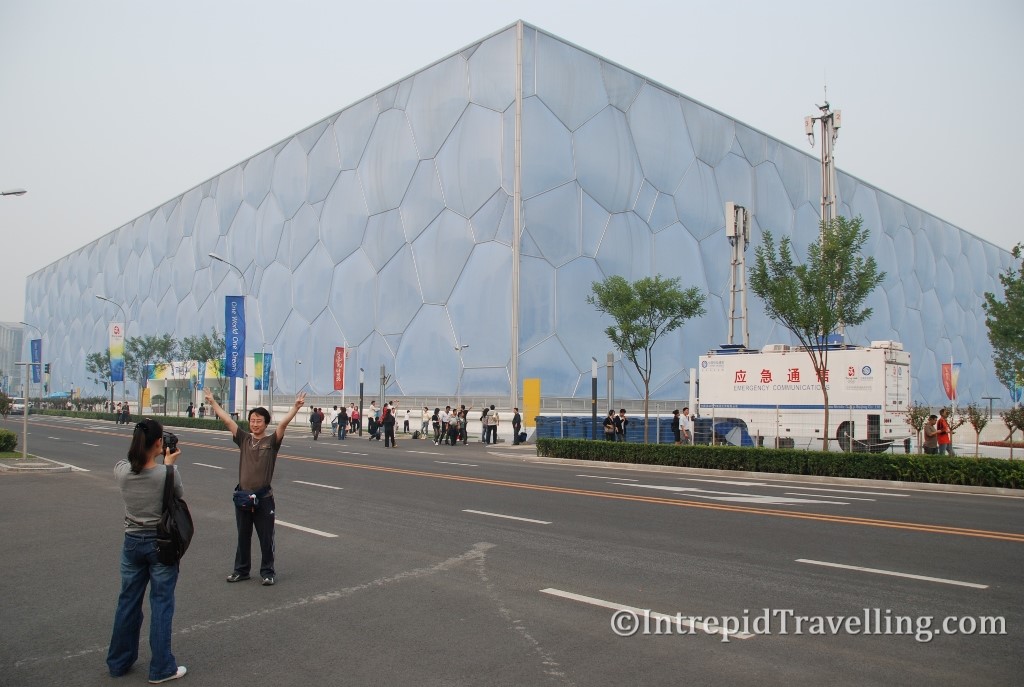
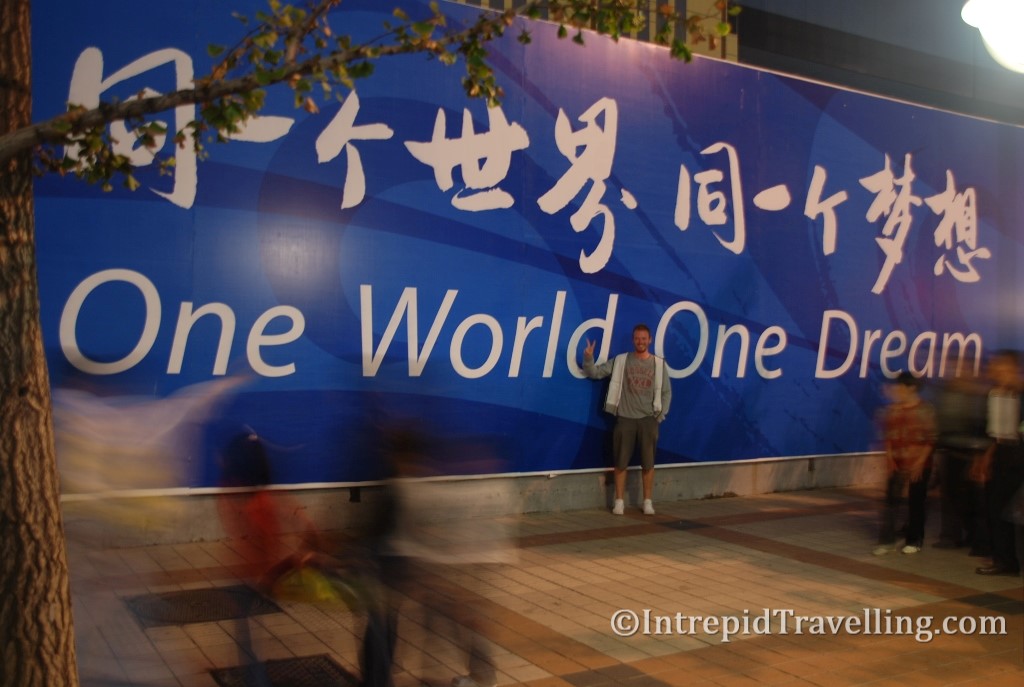
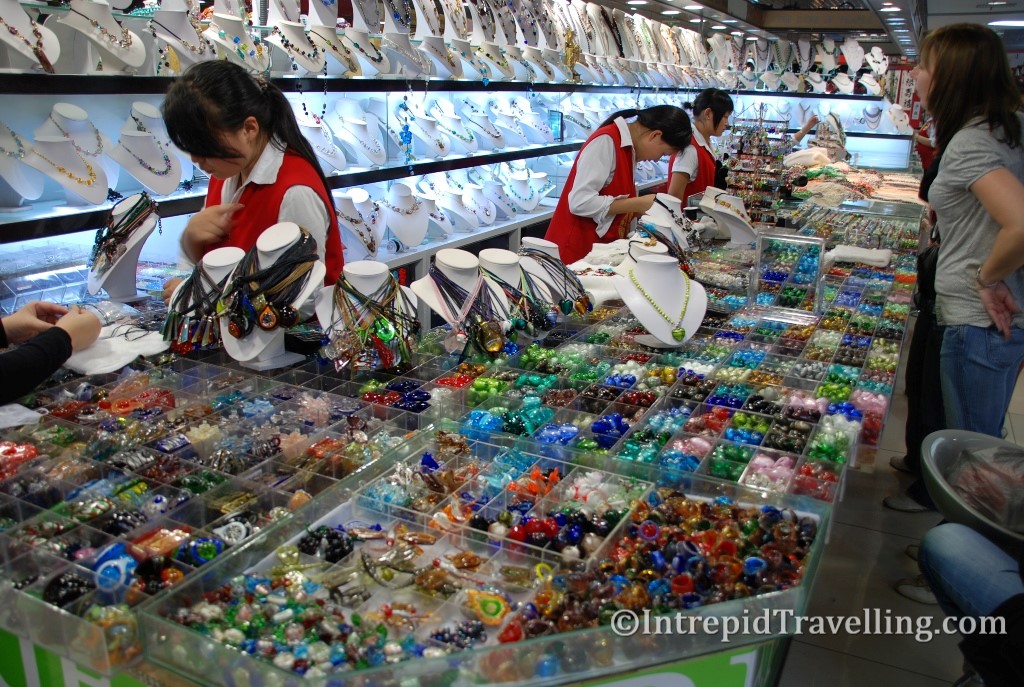
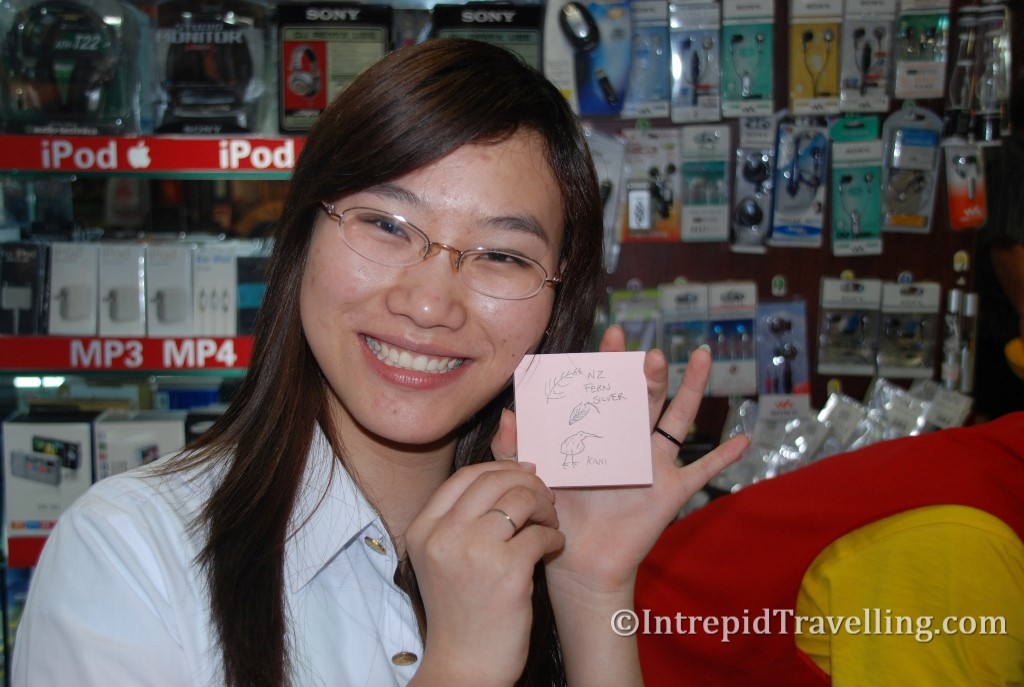
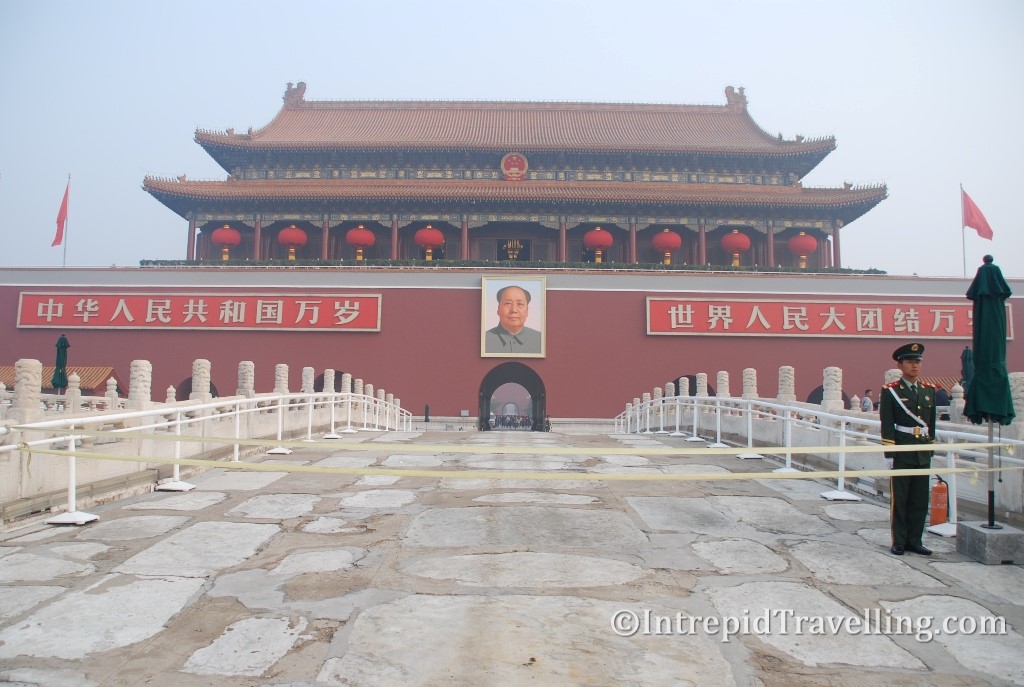
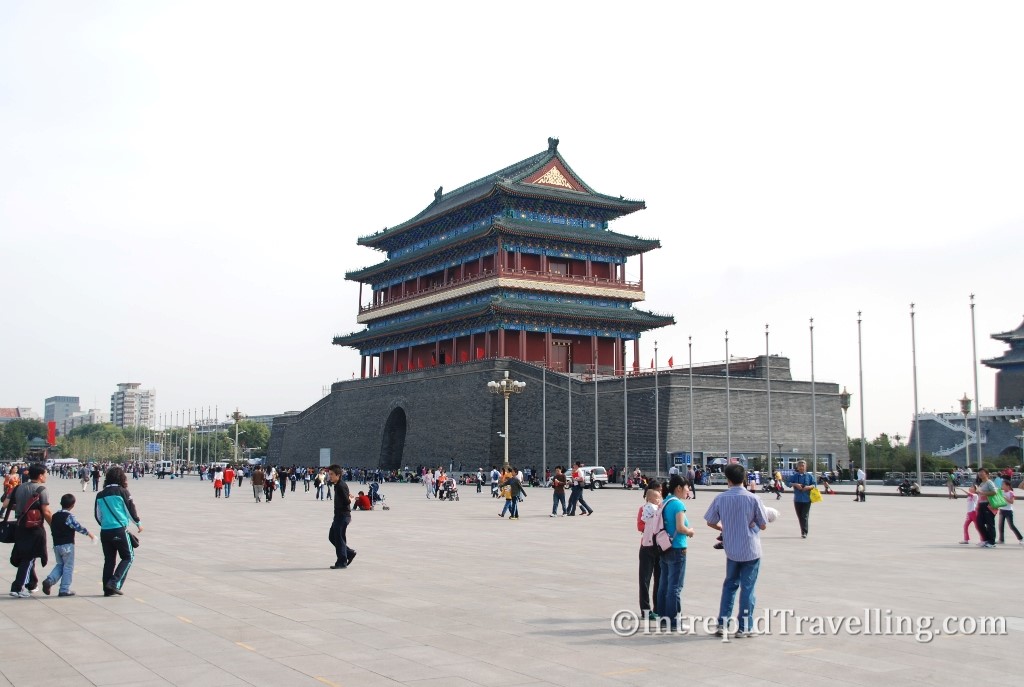
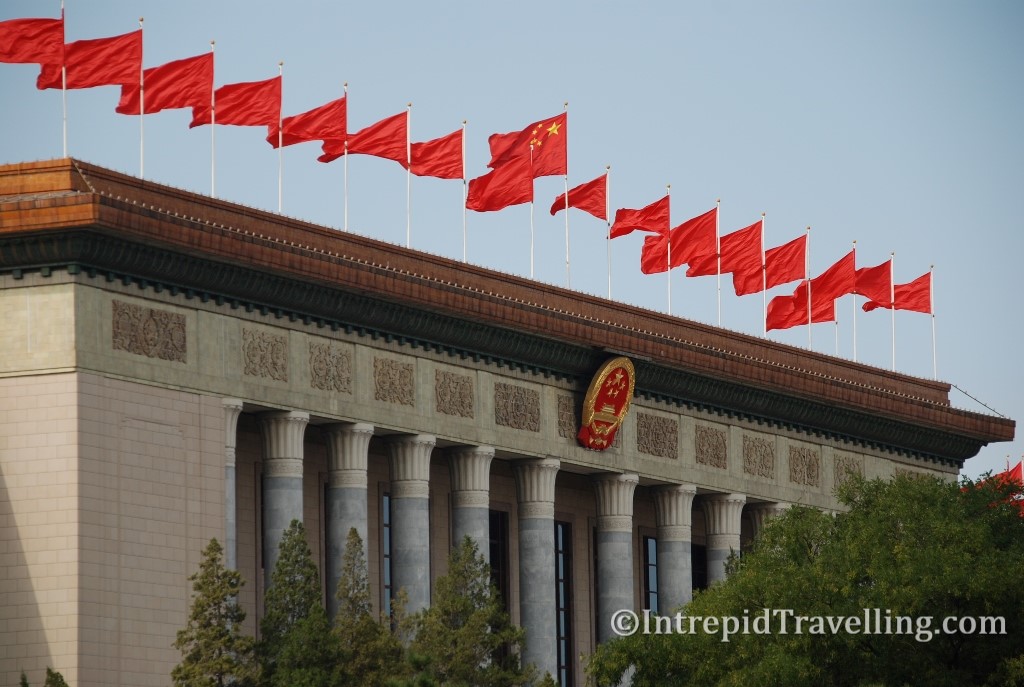
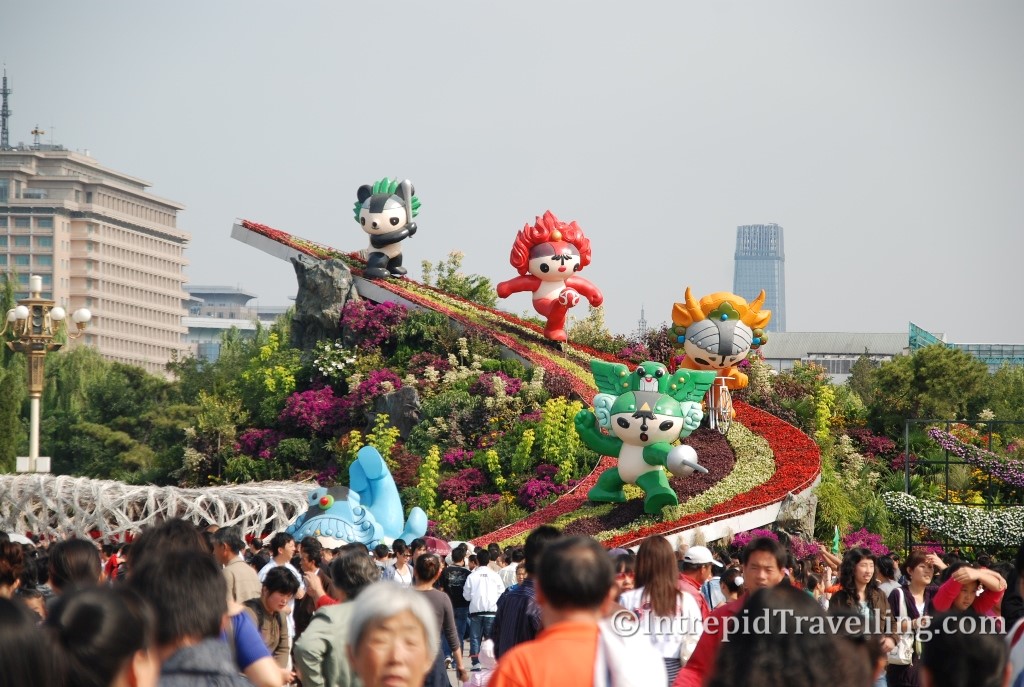
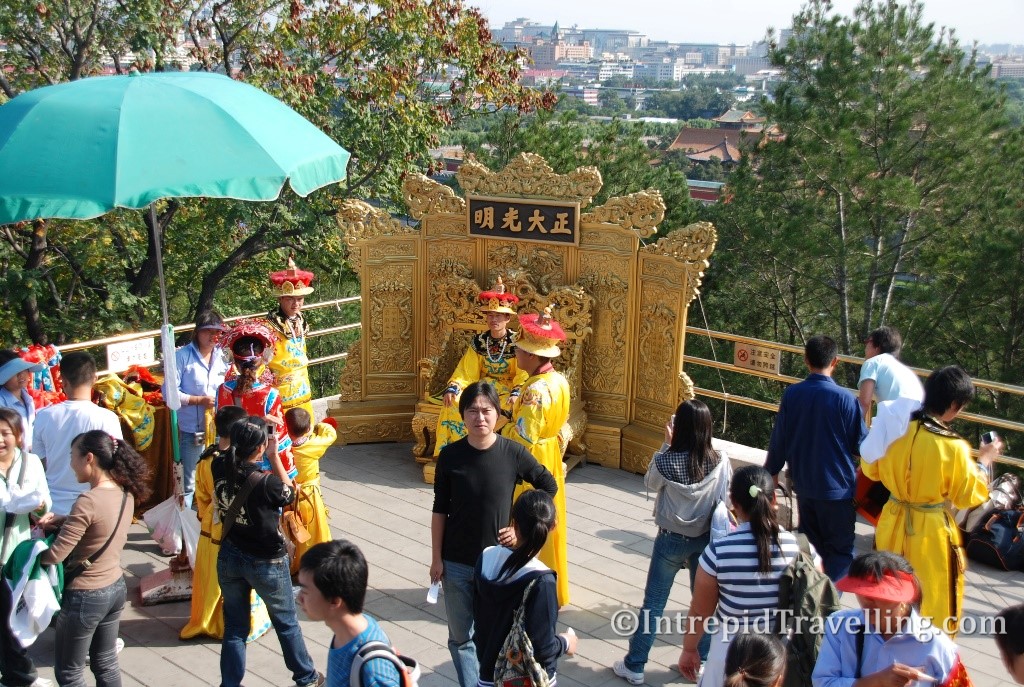
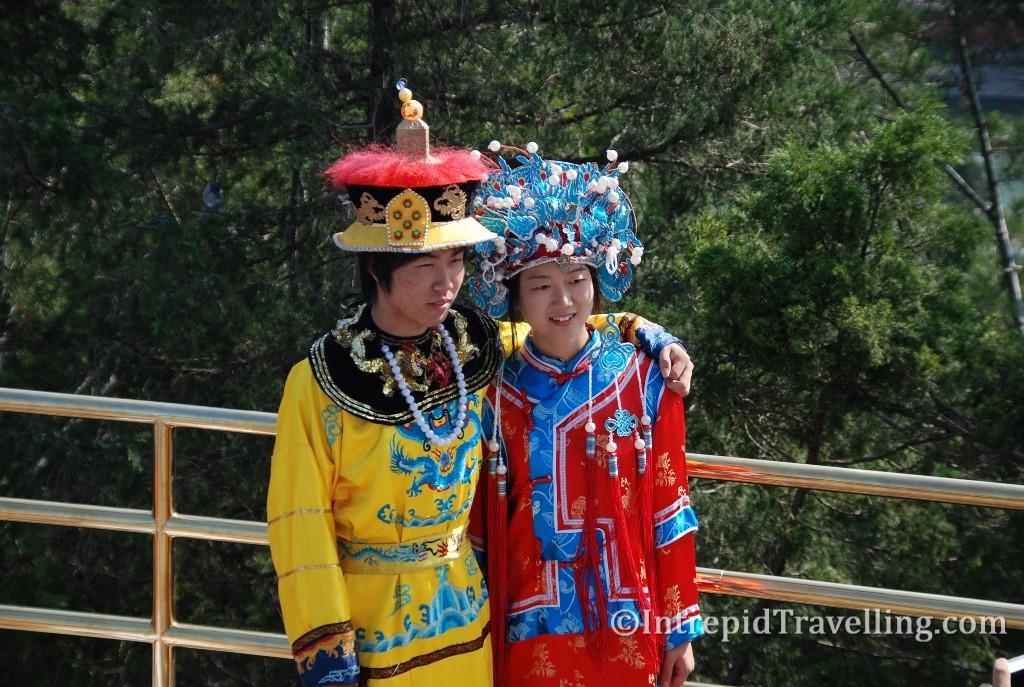

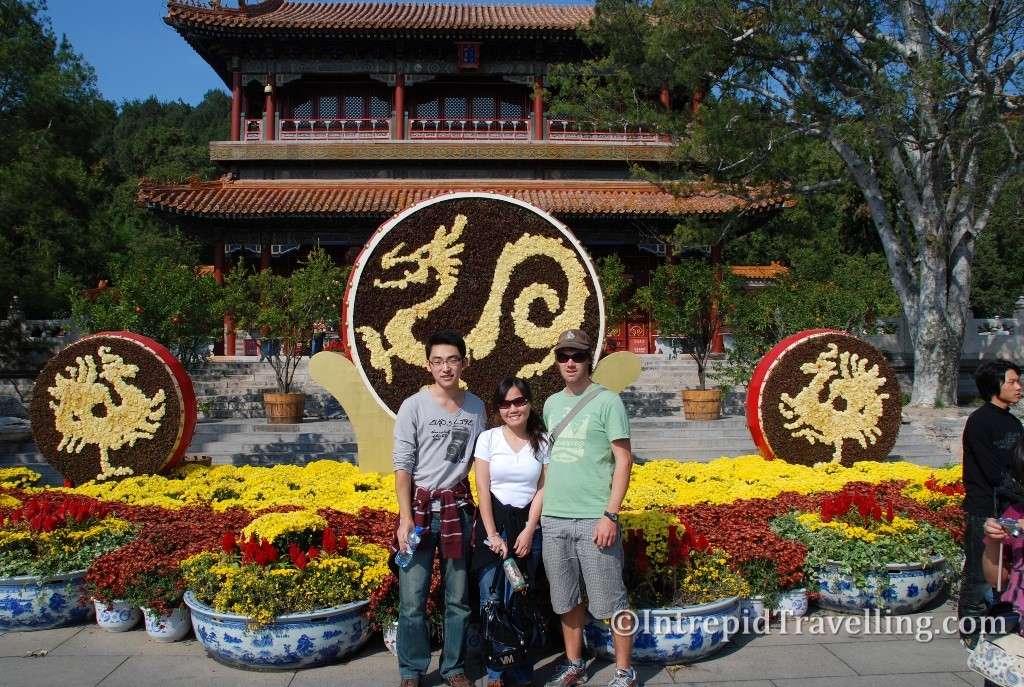
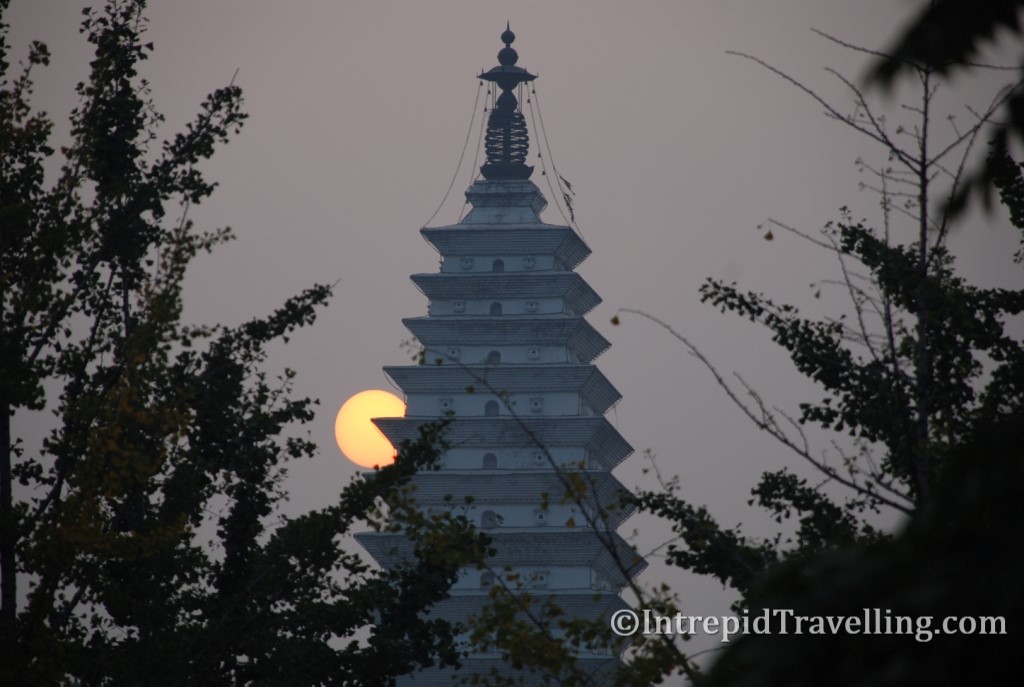
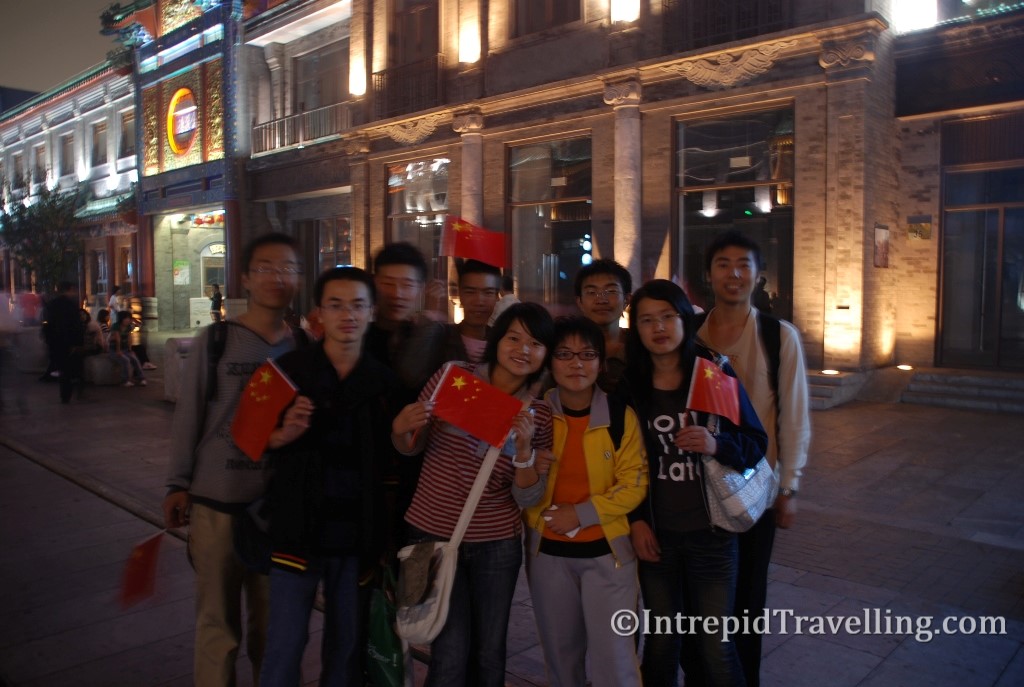
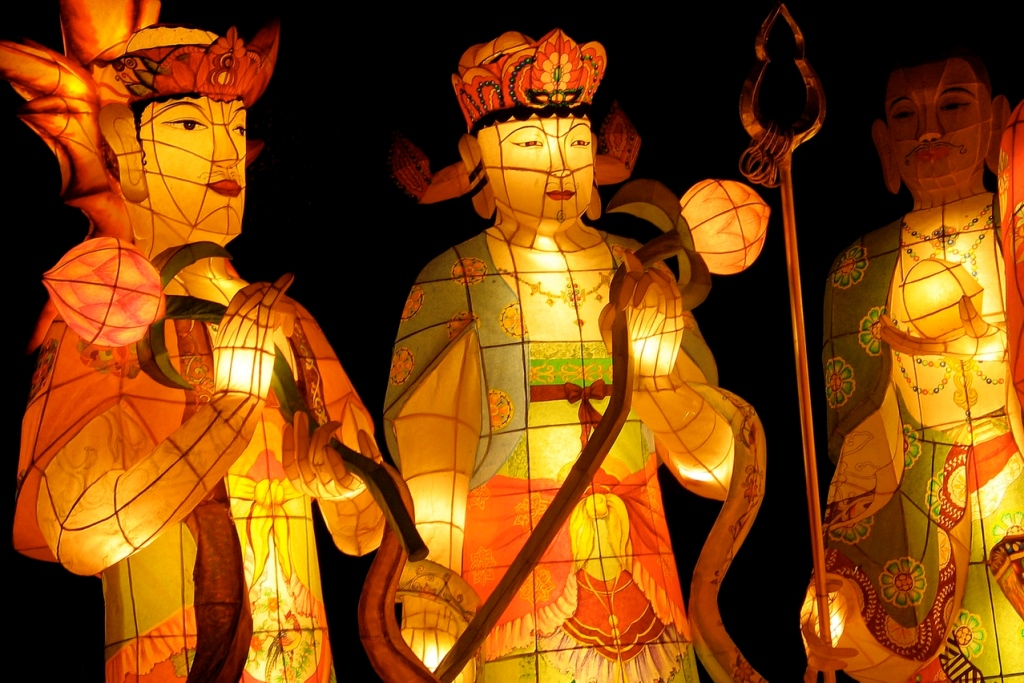
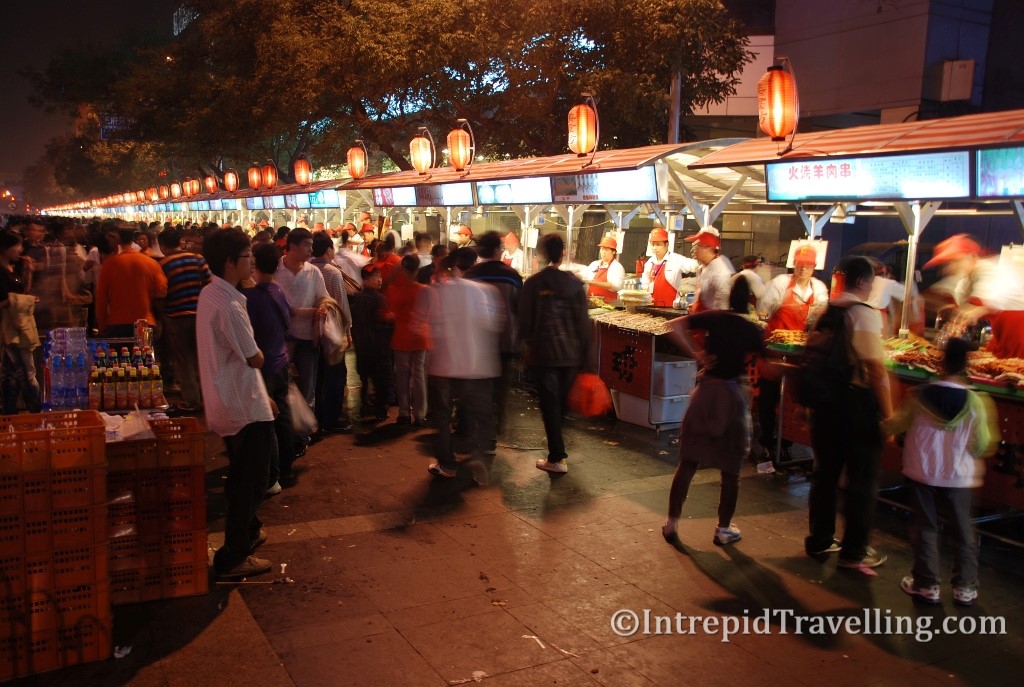
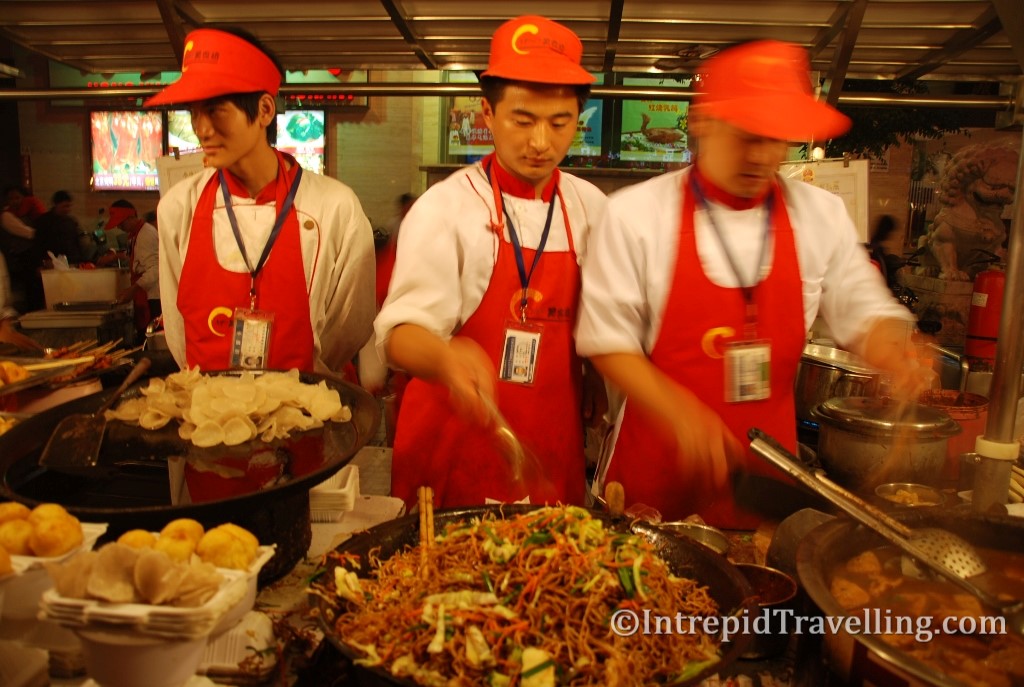
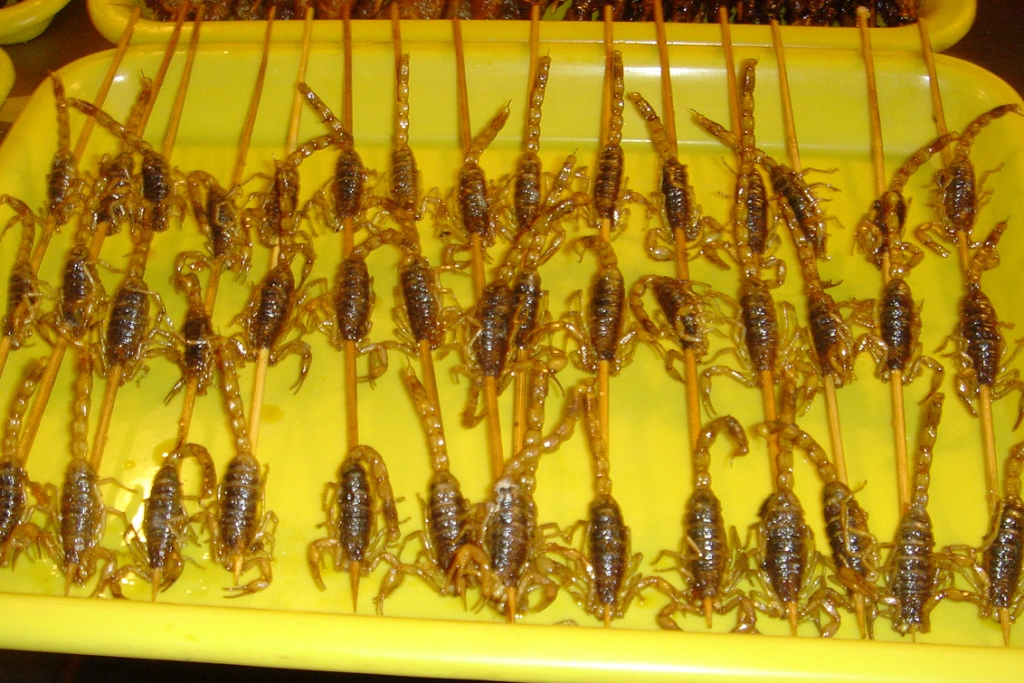

Being the home of what seems to be the entire world’s consumer goods, China's capital has some great markets, mainly full of knock offs, but you can’t tell and you can find anything there. In Beijing one such place is called the Silk market, even if you go with no intention of buying, you’ll leave with something. You haggle and banter until you pretend to walk away and that’s when they agree on your price (this is often followed by “you’re a bad man”). It’s a lot of fun as they’ll say and do anything to get you interested.
If there is one thing you have to do at night while in a Chinese city, it’s visit the local food market. These places are great and have greatly enhanced my China experience. You can get full off some of the tastiest food for less than USD $1.5 and get requested to be in photos with the locals basically every time you’re out and about. Good cheap food and a taste of being a celebrity – what more can you ask for?
Now if history has told us anything it’s that communism doesn’t work, but China with its relaxed stance towards capitalism and a market driven economy, seems to have found a hybrid system that is working. In fact from what I saw in Beijing, the Government (PRC) seems to be doing a pretty good job, some freedom of speech and human rights issues aside of course. Beijing is a city I highly recommend you visit, and one I will definitely be back too. For now though, it was time to move onto Xi’an via sleeper bus.

